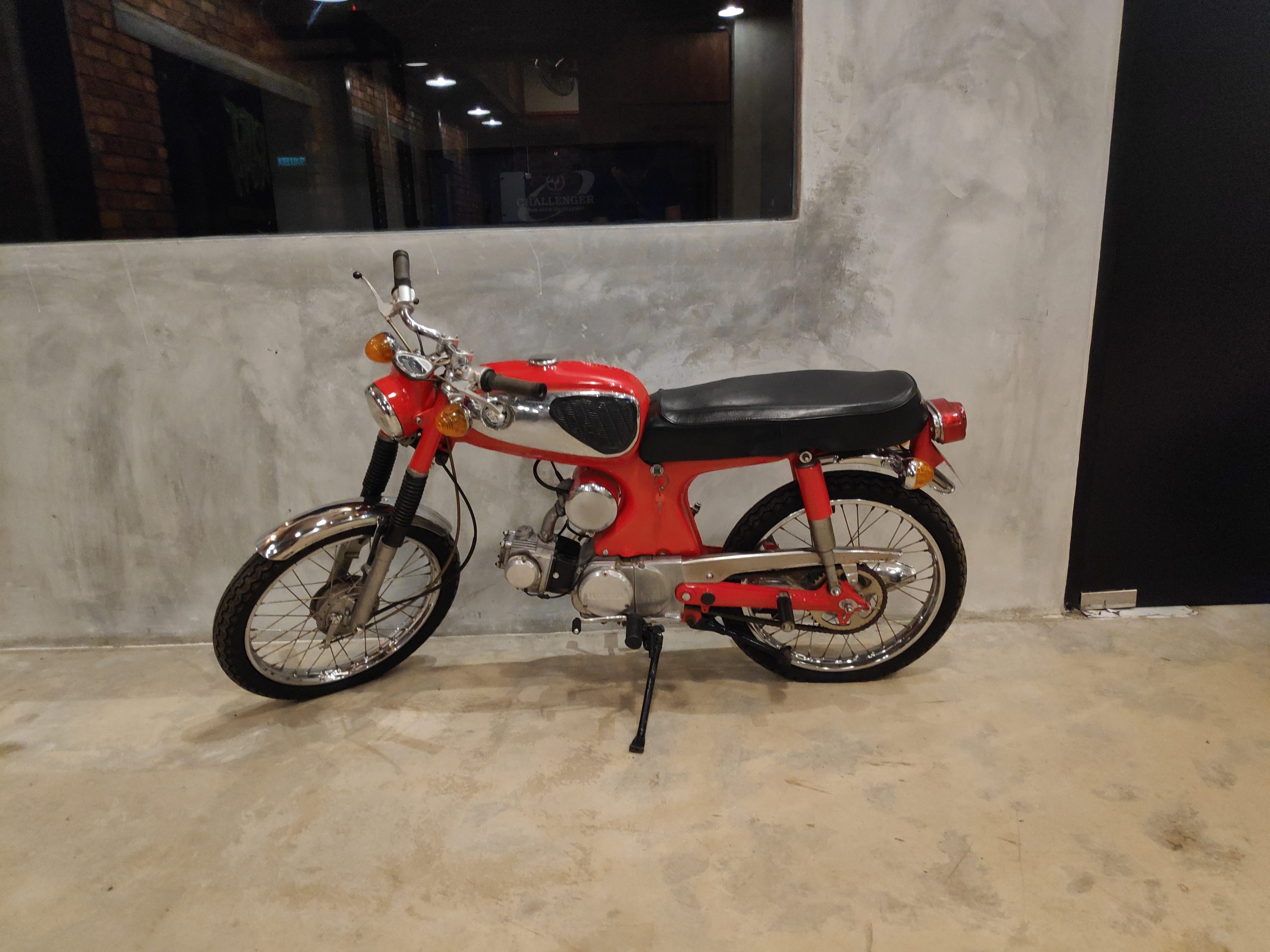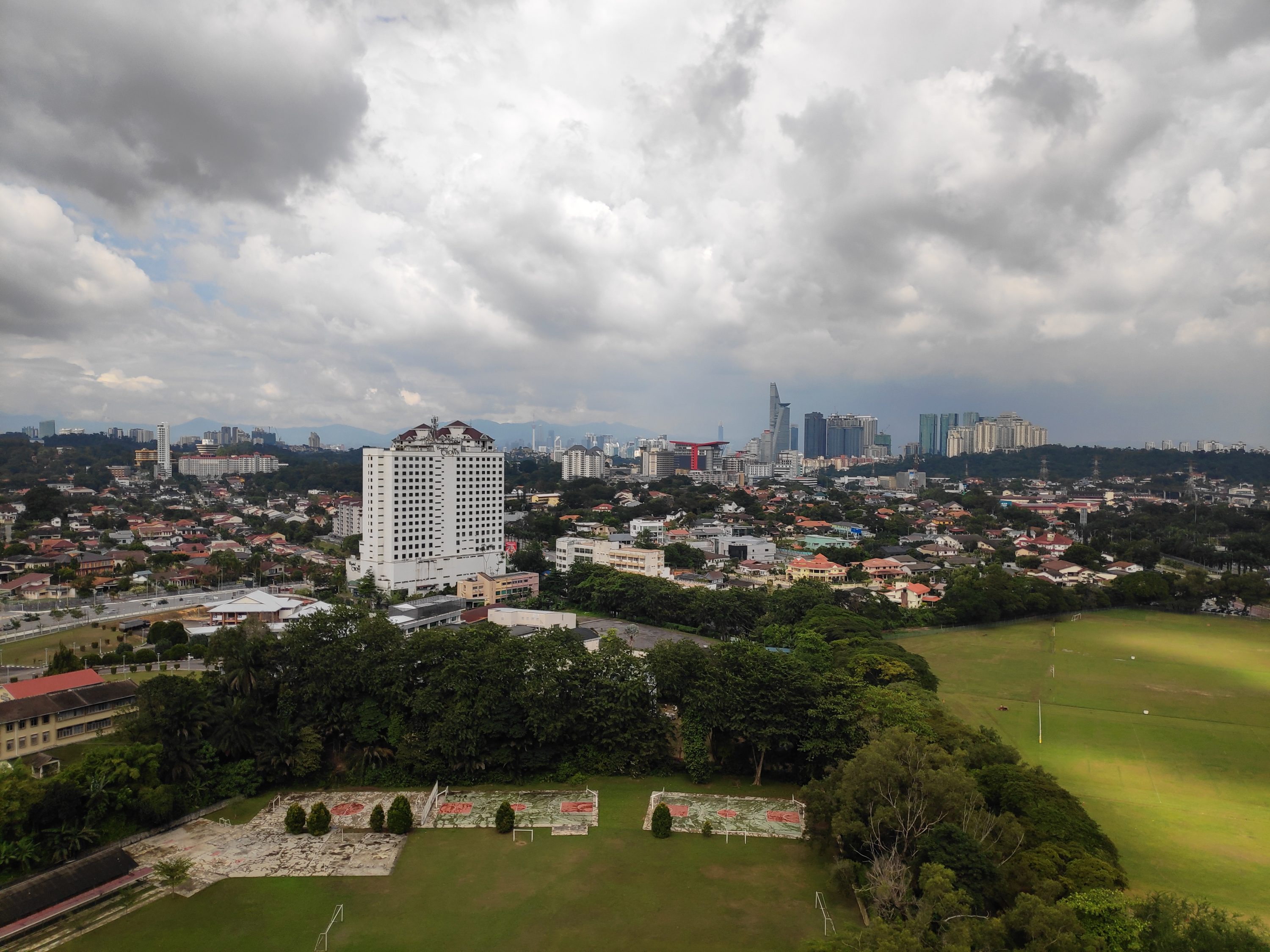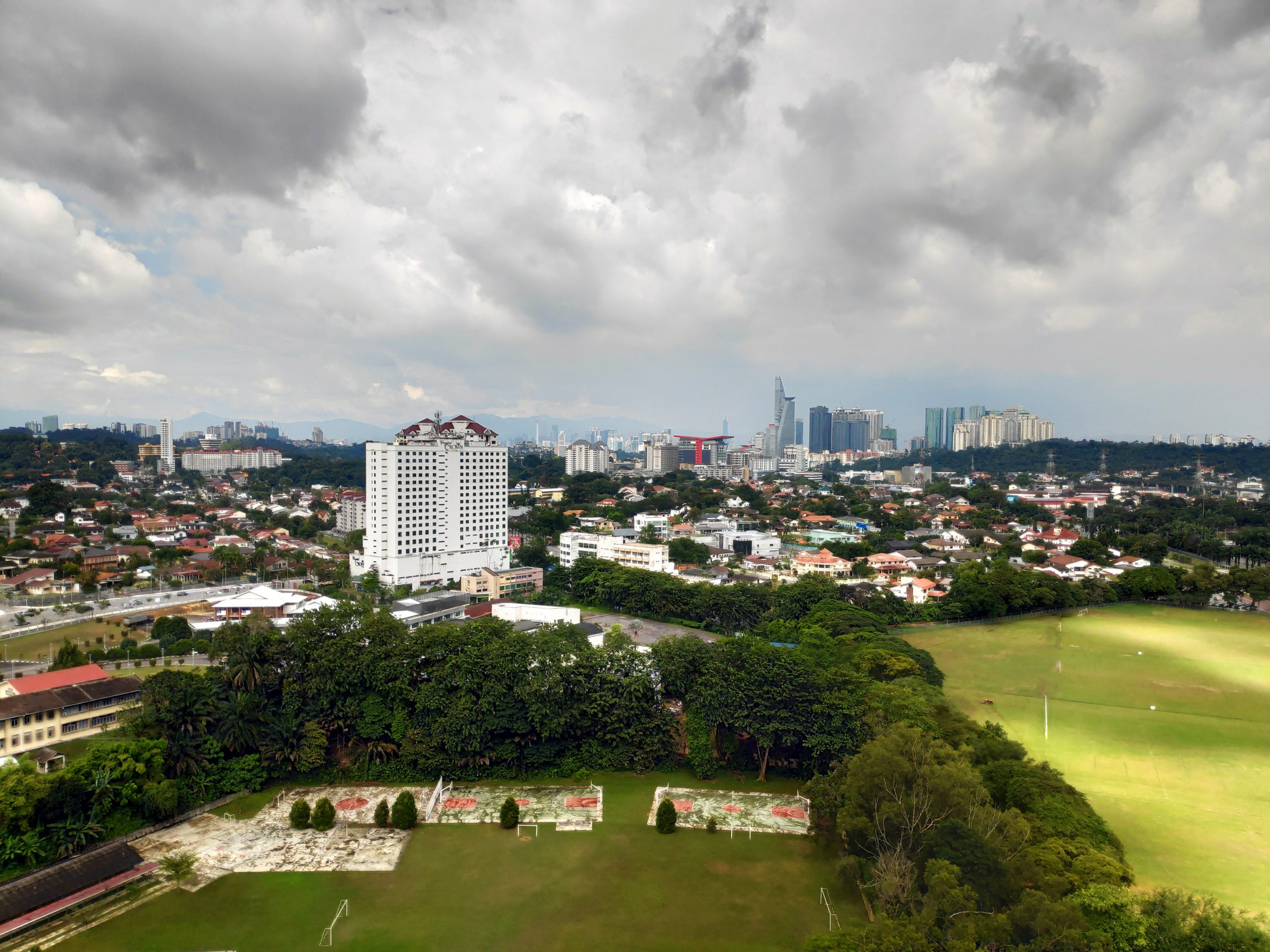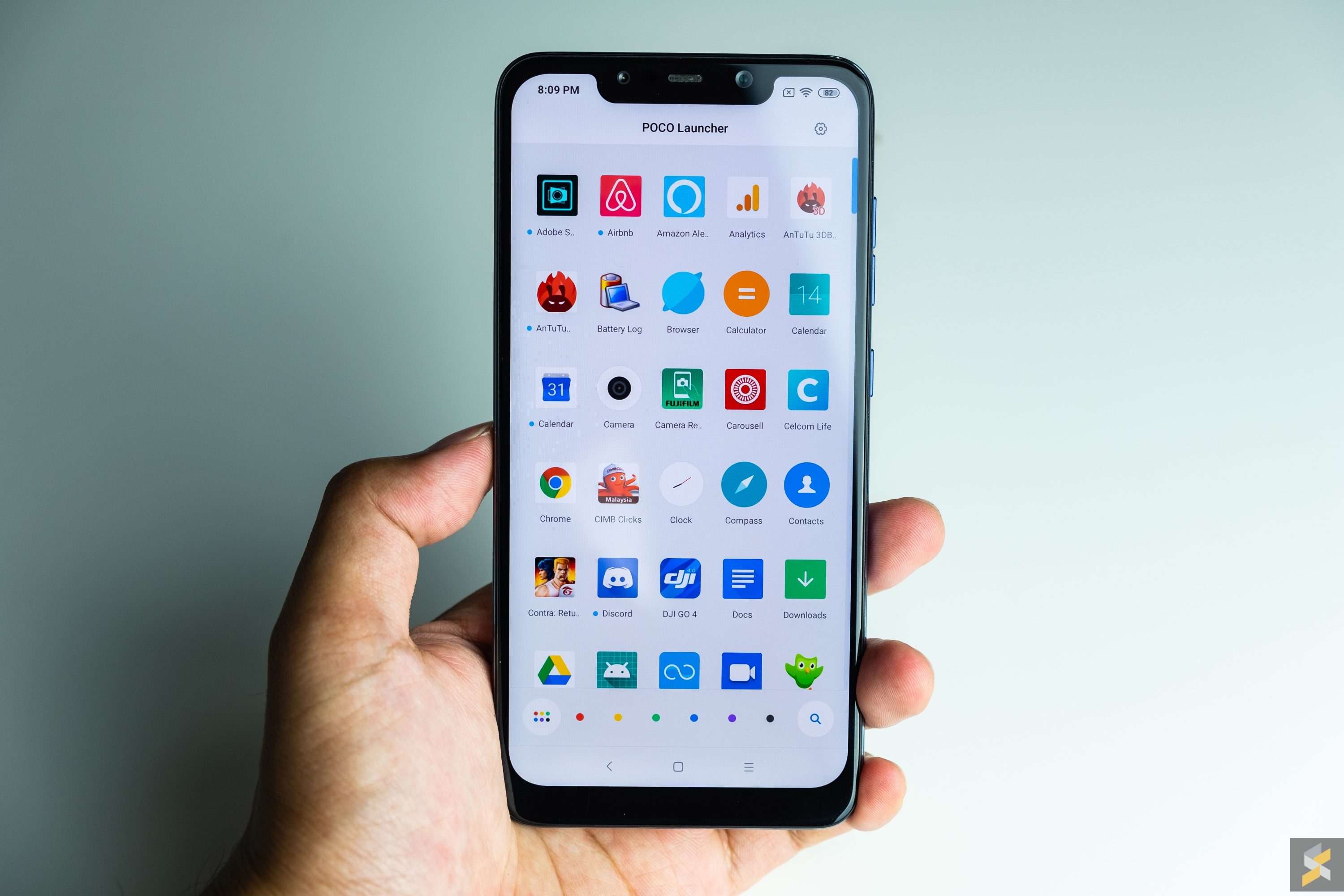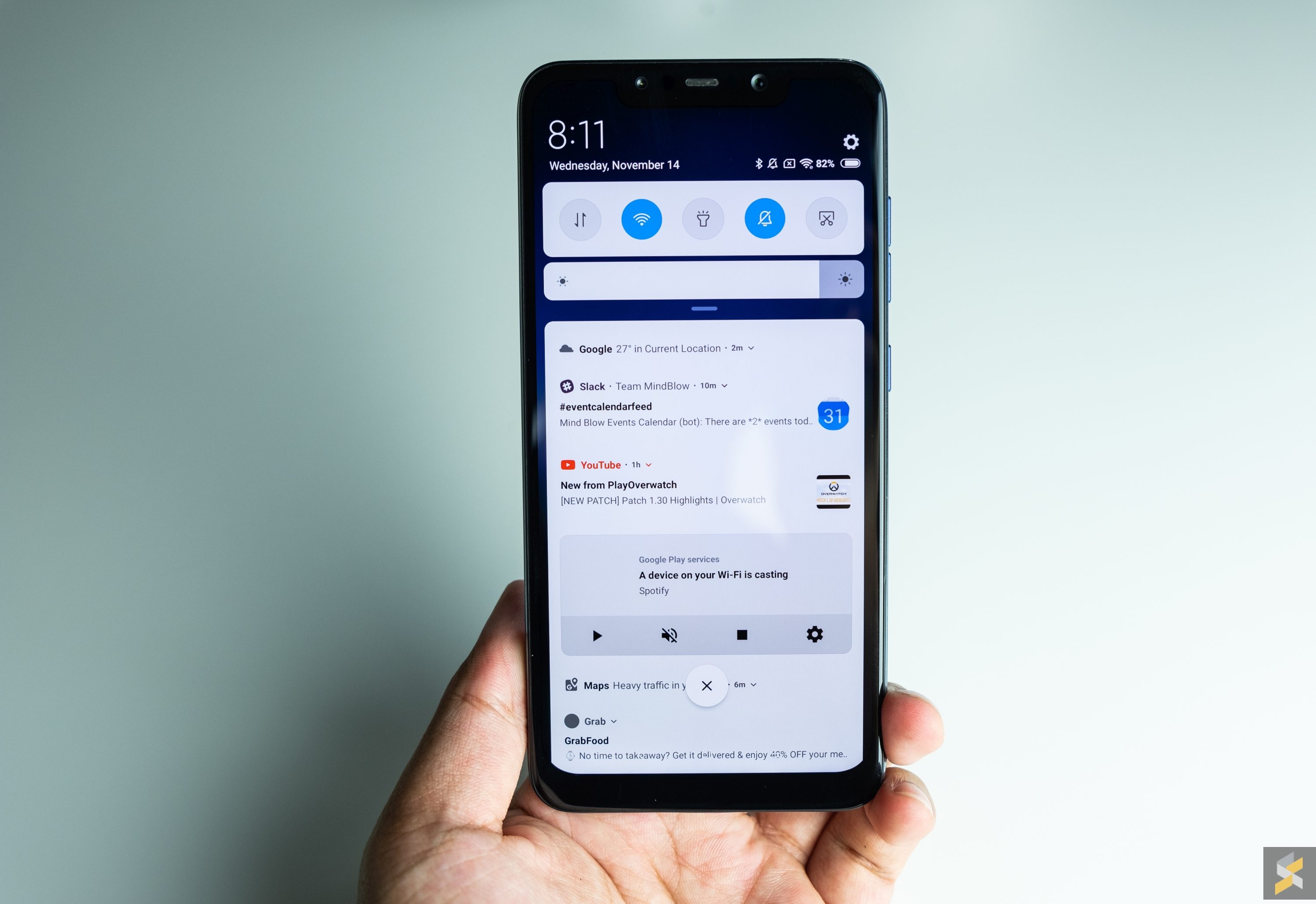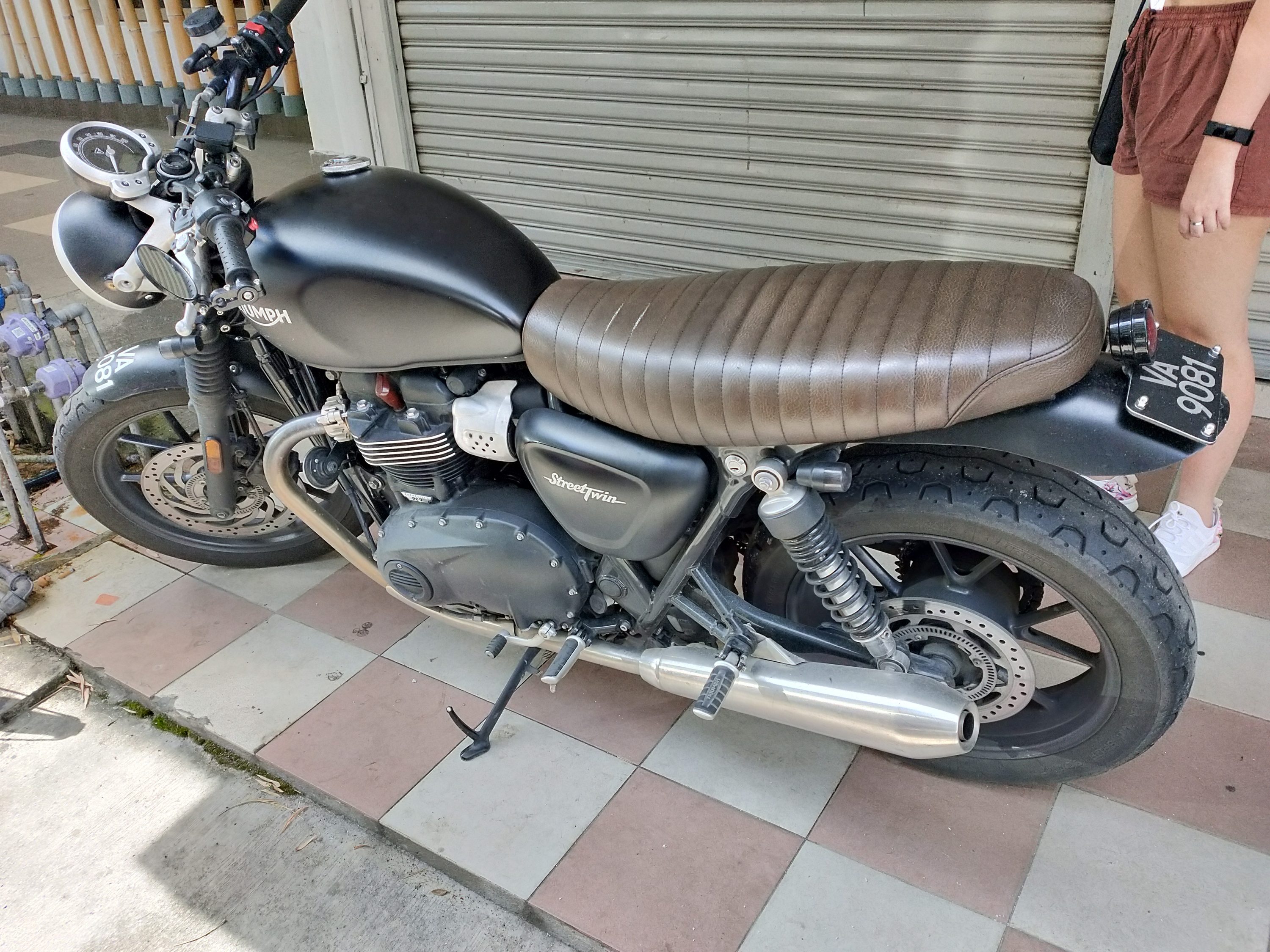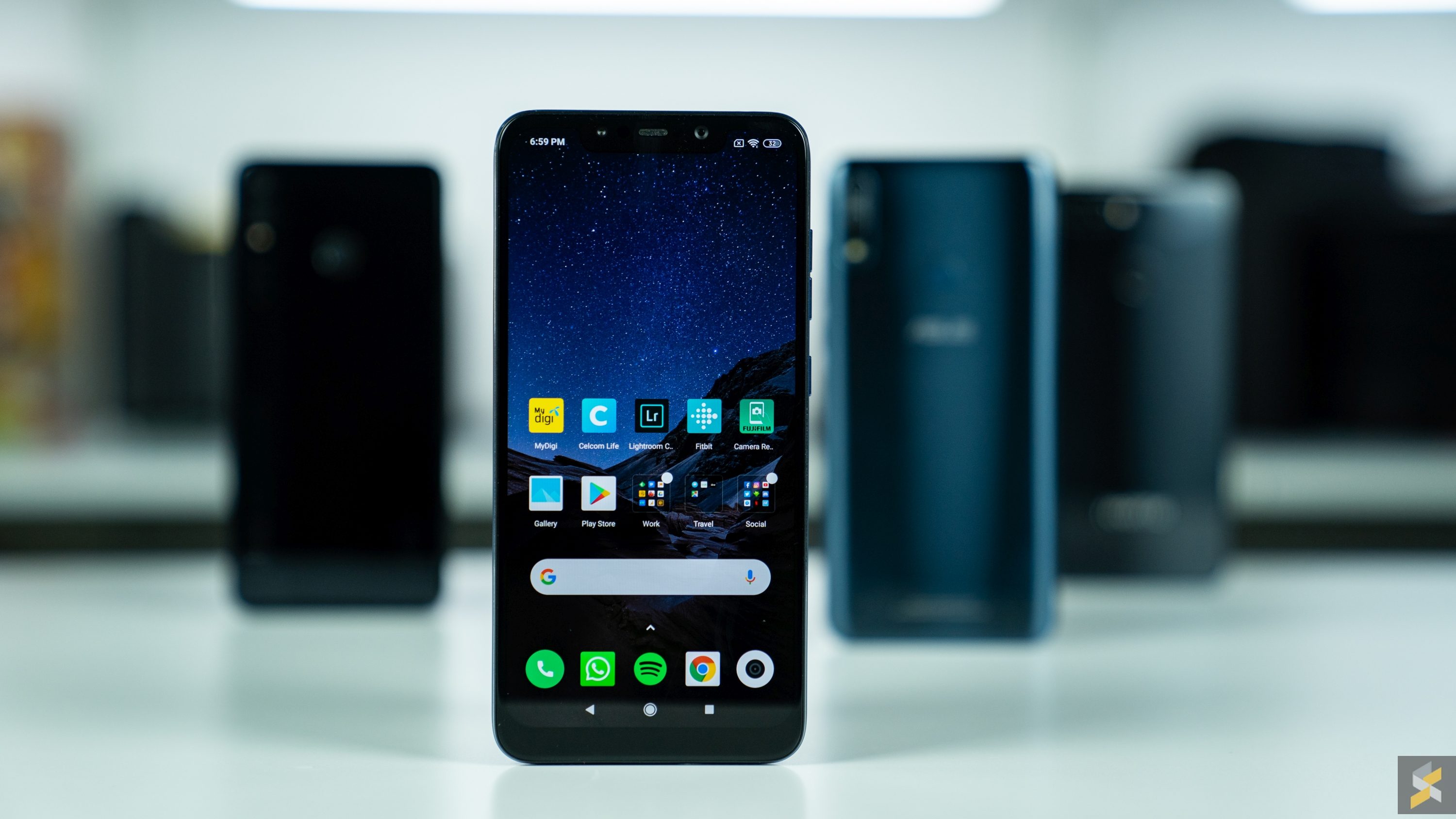
Wow what an incredible year 2018 has been for budget smartphone buyers. It was almost as if each smartphone maker was dead set on outdoing one another in the bang-for-buck category. There used to only really be one or two names, but now you’re almost spoilt for choice.
While we fully expect 2019 to be just as awesome for the budget smartphone user, I also know that there are a people out there who simply need a smartphone right now (*cough* my sister *cough*) — maybe a brand new handset to kick off the new year. Unfortunately for the inexperienced smartphone buyer, having too many options can be quite the headache too because there are so many variables for you to weigh when choosing one.
Well, if you’re in dire need for a new smartphone, and don’t want to wait for 2019’s crop of mid-rangers, I’m here to help thin the herd. Here are some of the phones I think are worth looking at if you’re a budget smartphone hunter.
If you ask me, I personally think that there’s really only one smartphone you should be buying if your budget is around the RM1,000 range. Yes, it’s not a sub-RM1,000 smartphone, but the sheer amount of value — and the nearly complete smartphone experience you’re getting — makes going slightly over RM1,000 totally worth it.
With that being said, I don’t think you would be horribly wrong to pick any of the other smartphones I’ve listed here. Budget smartphones have come so far in both specs and design, that you’re bound to get a solid device. So, if you find a smartphone here that you think lines up with what you look for in a mobile device, then feel free to pick that up instead. Naturally, if there are those of you who disagree with my pick, and have a better pick in mind, let us know your choice in the comments below!
Finally, the prices I’ve quoted here are all their retail RRP prices. With budget phones, the odds of them going on sale for less than the prices I’ve quoted here are pretty high, so you can expect to pay less than what you see here. Of course, I will include links to where you can buy them online at Shopee, Lazada, and RKMD — a new store curated by the team here at SoyaCincau, featuring devices that we personally recommend, so you know you’re only getting the good stuff at a fair price.
PS: This article is best viewed on desktop.
[nextpage title=”My top pick: Pocophone F1″]
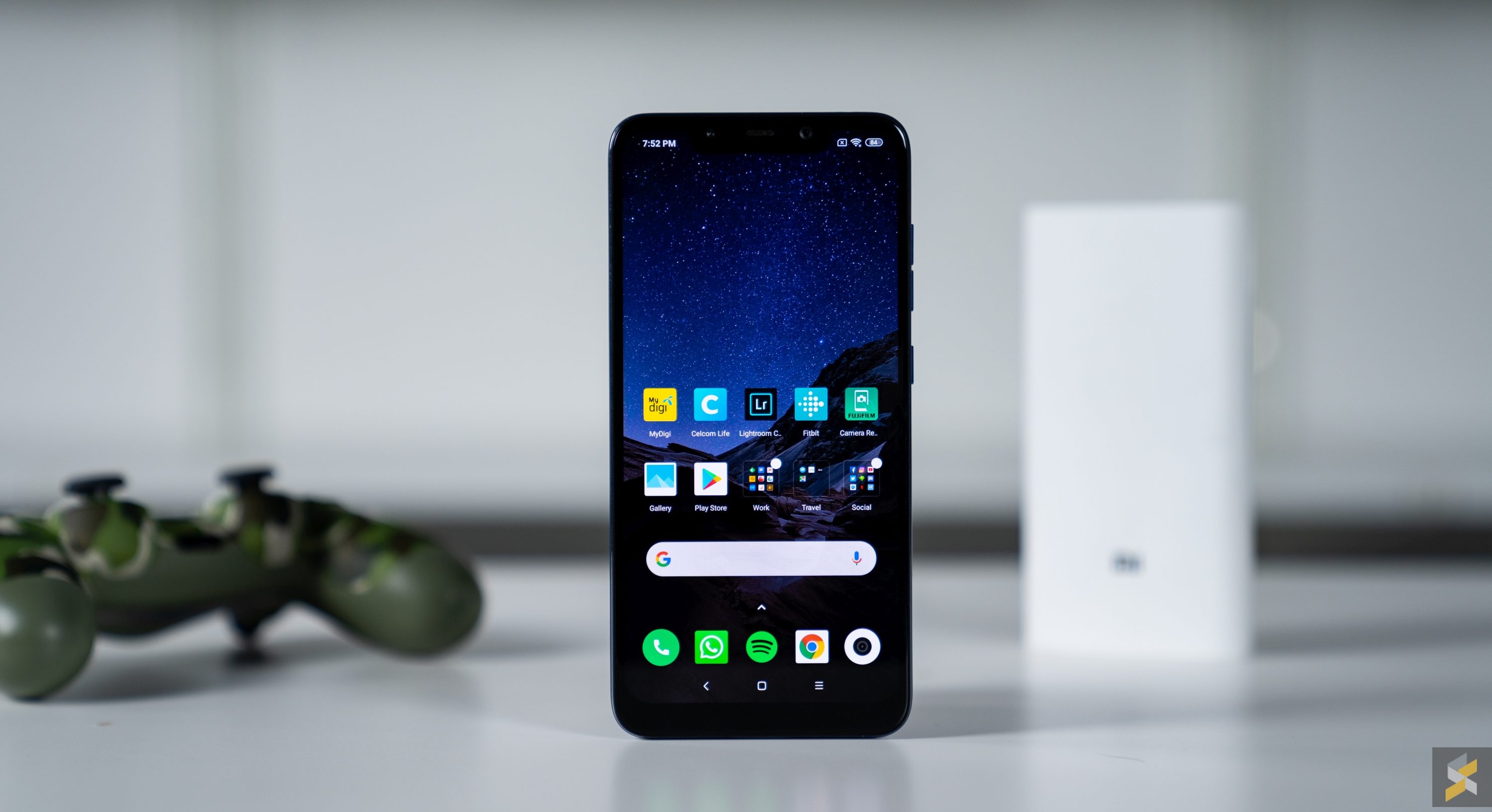
While many brands like to claim that their smartphone or product is a market leader in that particular category, the truth is, true market leaders are often few and far between. Devices that can come along and completely flip the norm on its head don’t appear very often, but every once in a while, they do. And the latest device to join this exclusive club is one that pretty much came out of nowhere. It’s called the Pocophone F1, and it’s the kind of phone that makes one of the most crucial aspects of my job much easier.
Now, when people on a tight budget ask me for a smartphone recommendation, typically I only need to give them one answer.
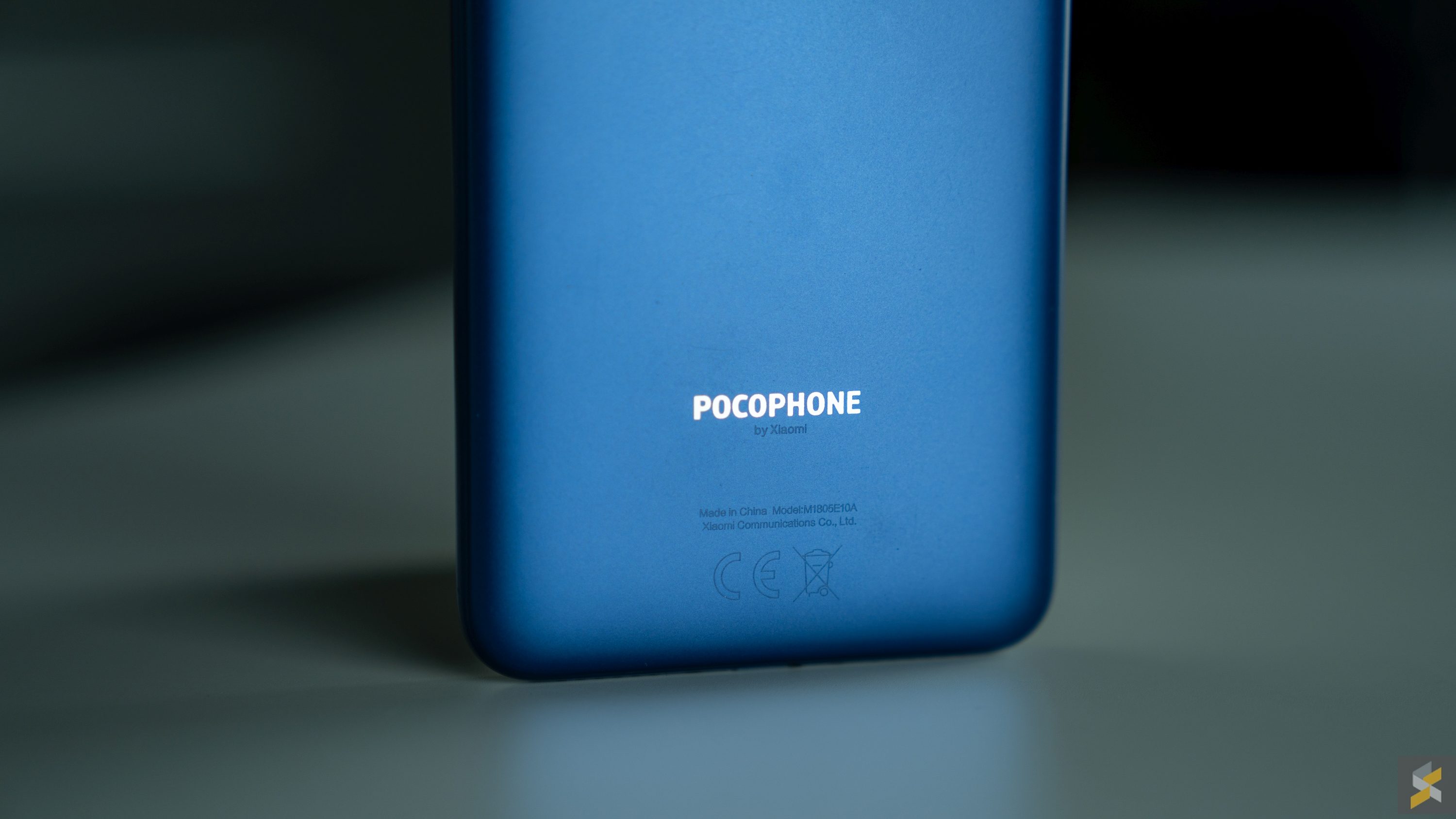
When I first saw the Pocophone F1, I approached the device with something I generally recommend everyone to do when they’re presented with “miracle” device: A good dose of skepticism. If something seems too good to be true, it generally is. And after spending some time with the Pocophone F1, I can confidently say that it definitely isn’t the smartphone for everyone.
I outlined a huge chunk of my concerns in my initial hands-on article, and a lot of that still holds true to this day.
The bloatware is still present and accounted for, the polycarbonate body still feels as plasticky as ever, MIUI’s poor widget scaling is still poor, the screen still doesn’t play well with polarised sunglasses, there’s still no NFC nor wireless charging, and my Pocophone F1 also didn’t magically sprout rubber seals to give itself IP67/IP68 water resistance.
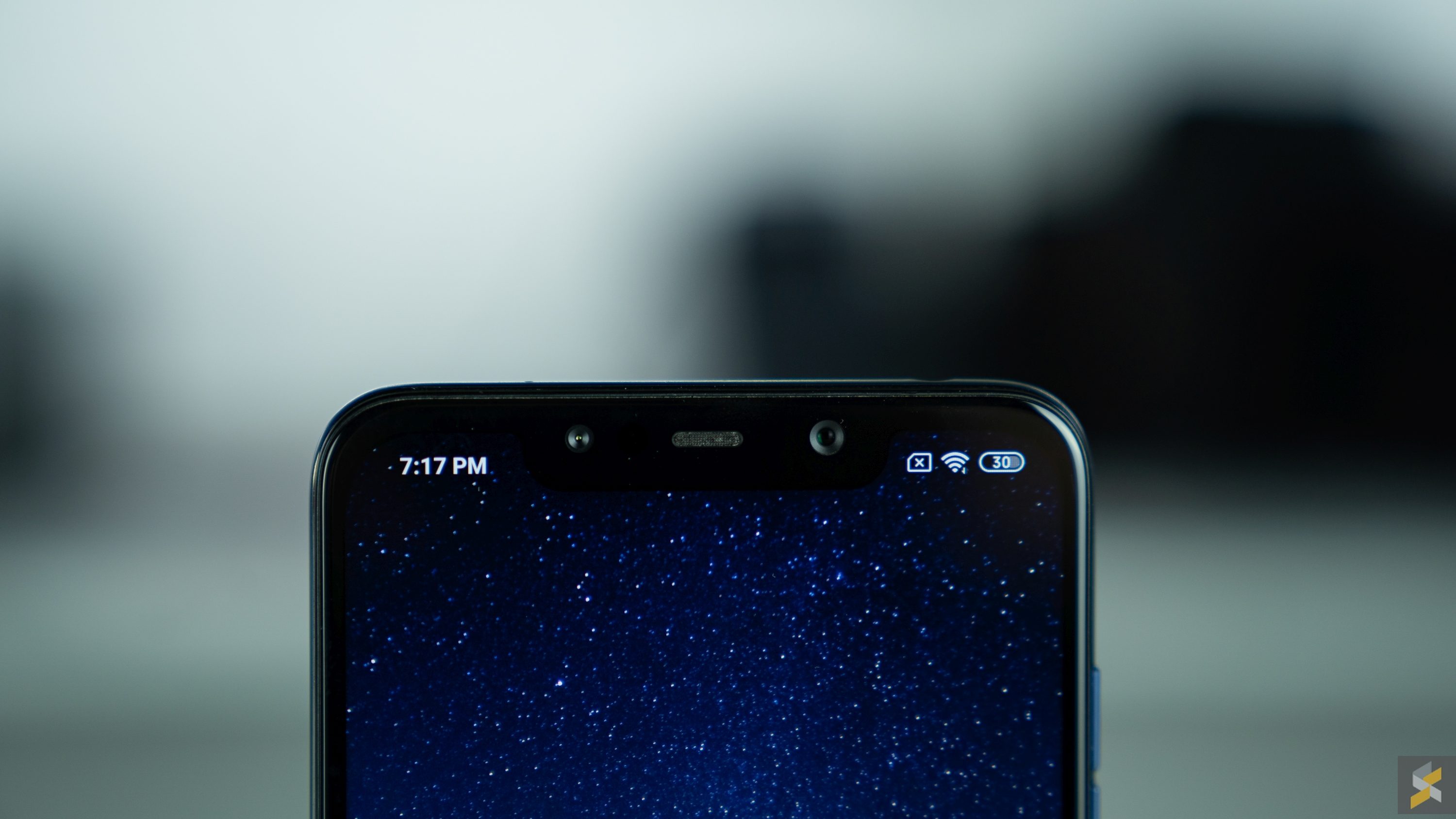
On top of that, I discovered that the Pocophone F1’s selfie camera is one of the hardest selfie shooters I’ve ever used because it requires a steadier hand than my caffeine-fueled body is able to produce. Seriously, it’s OK in good lighting, but as soon as the going gets a little dark, you’ll need a surgeon’s pair of hands to get blur-free selfies (or we-fies).
Thankfully, despite also lacking optical image stabilisation on the rear camera, photos taken with that primary shooter are still OK. They’re not amazing or anything, but I’d say that they’re about what you’d expect a smartphone camera to be like at this price point.
It’s not an awful experience by any means, and you can still land some Instagram-friendly photos in good lighting, but it’s no DSLR replacement. Though, if we’re being honest, I don’t believe any smartphone out today can be a real DSLR replacement, but I digress.
In any case, the camera occasionally struggles with colour temperature when you shoot cloudy days through a window (everything turns green) and doesn’t perform particularly well in low light either.
What’s more, when I first started shooting with this phone, I couldn’t find a way to turn off beautification in Portrait Mode, but a software update fixed that. I will say that the Pocophone F1 does fairly well with edge detection, except when you shoot full-body photos. When you do that, you might lose an arm or two.

There’s also an AI mode, but it isn’t quite as aggressive as the one you’d find on something like a Huawei P20 Pro. Either way, I don’t find myself using it very often because I tend to prefer the non-AI-ed images.
Like I said back in August of 2018, the Pocophone F1’s camera isn’t awful. It has very obvious weaknesses and strengths. But I’d say that it performs on par — if not a little better — with many of the other phones in this segment, so I don’t think it’s fair to penalise it too much here.

That said, since the publication of my hands-on and video, a lot of people have been asking me about the whole issue with this phone and its inability to play HD videos on Netflix. Is this a big problem? While your own experience may vary, this particular issue never really affected me. Maybe the screen was tiny enough, maybe my internet was never good enough to play HD Netflix over WiFi, or maybe my eyesight just isn’t good enough to notice a difference — I just never had a problem with watching Netflix on this phone. In fact, the biggest issue I had with watching videos on the Pocophone was with its rather weak earpiece stereo speakers. It’s OK in terms of volume, but the bias to the bottom-firing speaker is so high that I don’t think you can’t really call these “stereo” speakers.
Of course, if you’re someone who’s really picky about screens, there is good news regarding this whole Netflix HD fiasco. Despite some early reports claiming that a software fix for this issue was unlikely, an official post on the MIUI forums indicates that the team working on MIUI for POCO are developing a fix for it. Although they missed their initial Q4 2018 window, the team is still working on supporting Widevine L1.

I personally had bigger issues with some of the UI elements on this notched smartphone. The fact that I couldn’t see any notification icons or a battery percentage on my status bar was far more inconvenient to me. However, the good news is that they’ve already fixed both of those issues (well, somewhat, the notification icons still need work) in the latest Global release of MIUI 10 for Poco.
If I could add one more request for a software fix, it would be to fix the drops in music or video volume when a notification comes in even when I’ve set notifications to silent. Unless there’s some setting that I can’t find in the phone, this is a really annoying bug.
Nevertheless, what I’ve seen so far are all very positive signs for the future of software support for this smartphone. I like that they seem pretty open to feedback and their willingness to tweak the UI so it will better suit the needs of their users. It shows that they’re in touch with the people who use their products, and that’s always a good thing. Of course, I can’t guarantee that this will continue to happen in the years to come, but here’s to hoping, right?
And those are pretty much all the issues I have with the Pocophone F1. The fact that, beyond the missing features we already knew going into this, my biggest issues with this handset are a couple of software/UI bugs and a selfie camera that requires either a stable pair of hands or a lot of light, should give you some idea of how good the rest of this phone is. Because it’s very good — the kind of good you shouldn’t be able to get for the kind of money you’re being asked to pay.
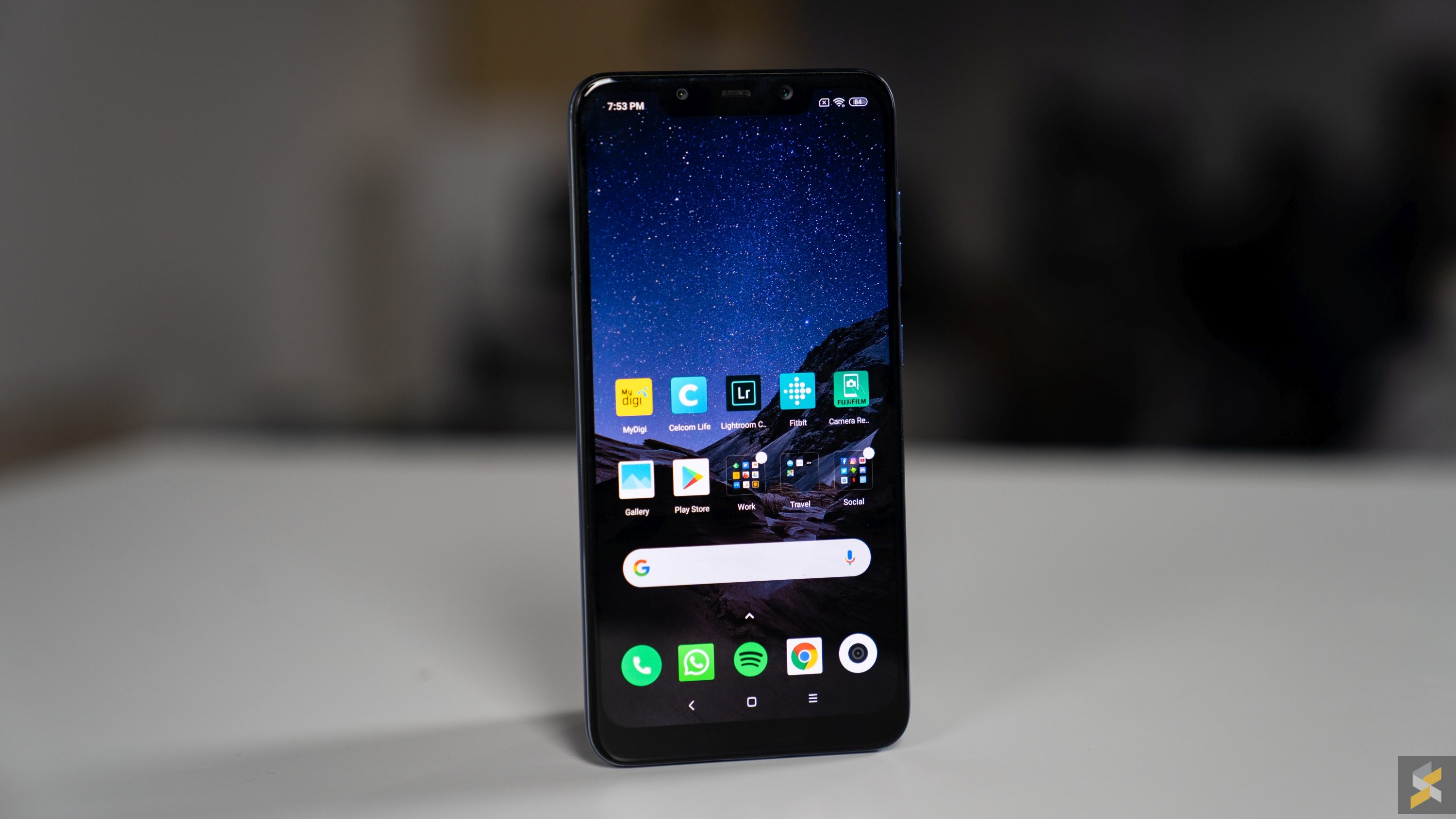
That 6.18-inch Full HD+ screen still looks good enough for me to use as a daily driver despite the slightly fat chin and wide notch (which I completely stopped noticing after a couple of days). Performance from the Snapdragon 845 processor, 6GB of LPDDR4X memory and 64GB of storage on my base-model unit is still as excellent as it was on day one. It performed very well in both gaming performance and cooling under load, so I don’t have any complaints regarding the performance of its flagship-class internals. And, MIUI for POCO only got better with the latest MIUI 10 update which gave it a fresh look and a couple of Android Pie nifty quality-of-life features (stuff like the new volume toggles and revamped notifications centre).
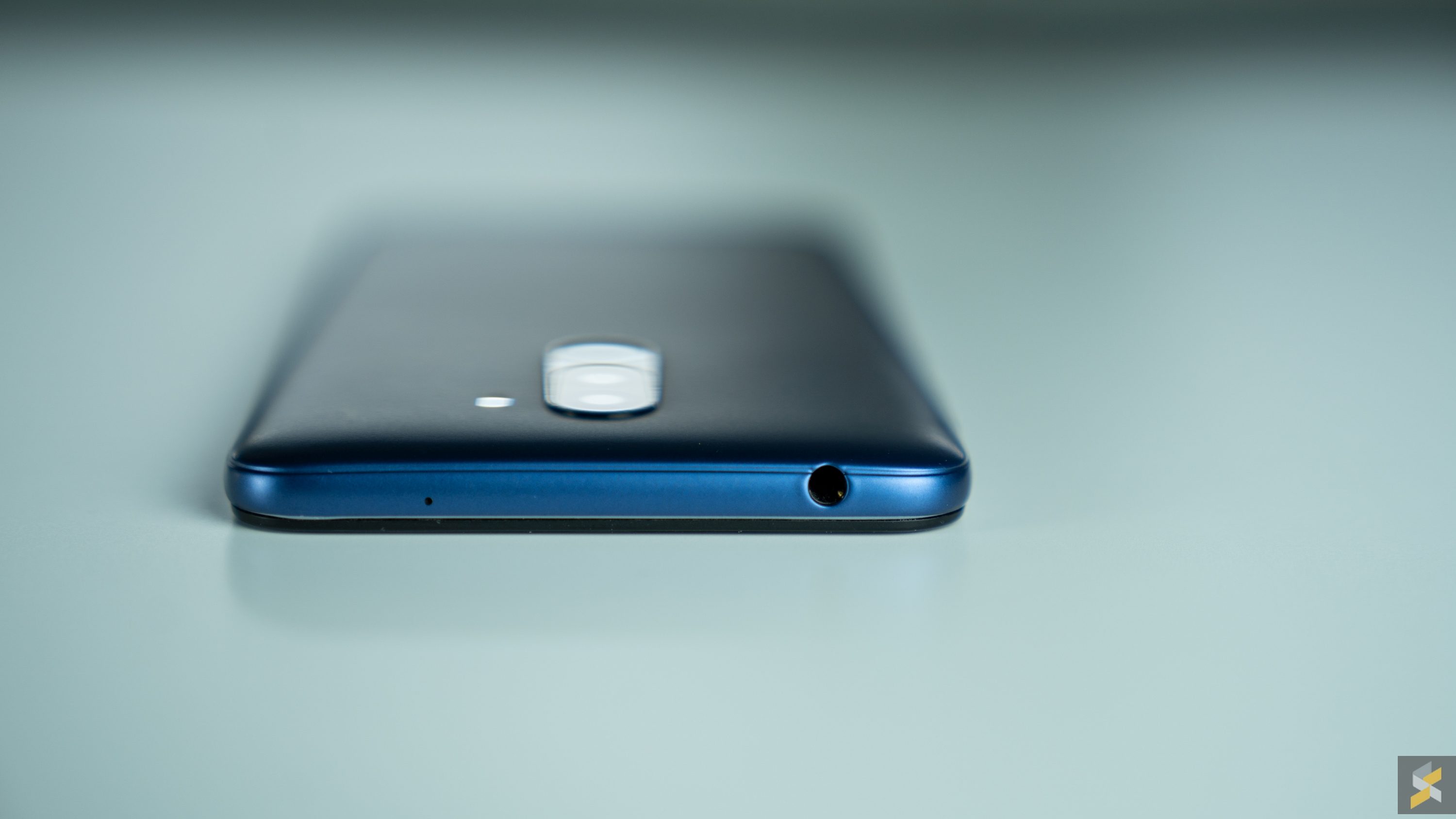
The handset’s 3.5mm headphone jack also remains incredibly useful, as does its support for microSD memory expansion — though I would have liked a dedicated slot instead of a hybrid setup. But best of all, is the smartphone’s excellent battery life.
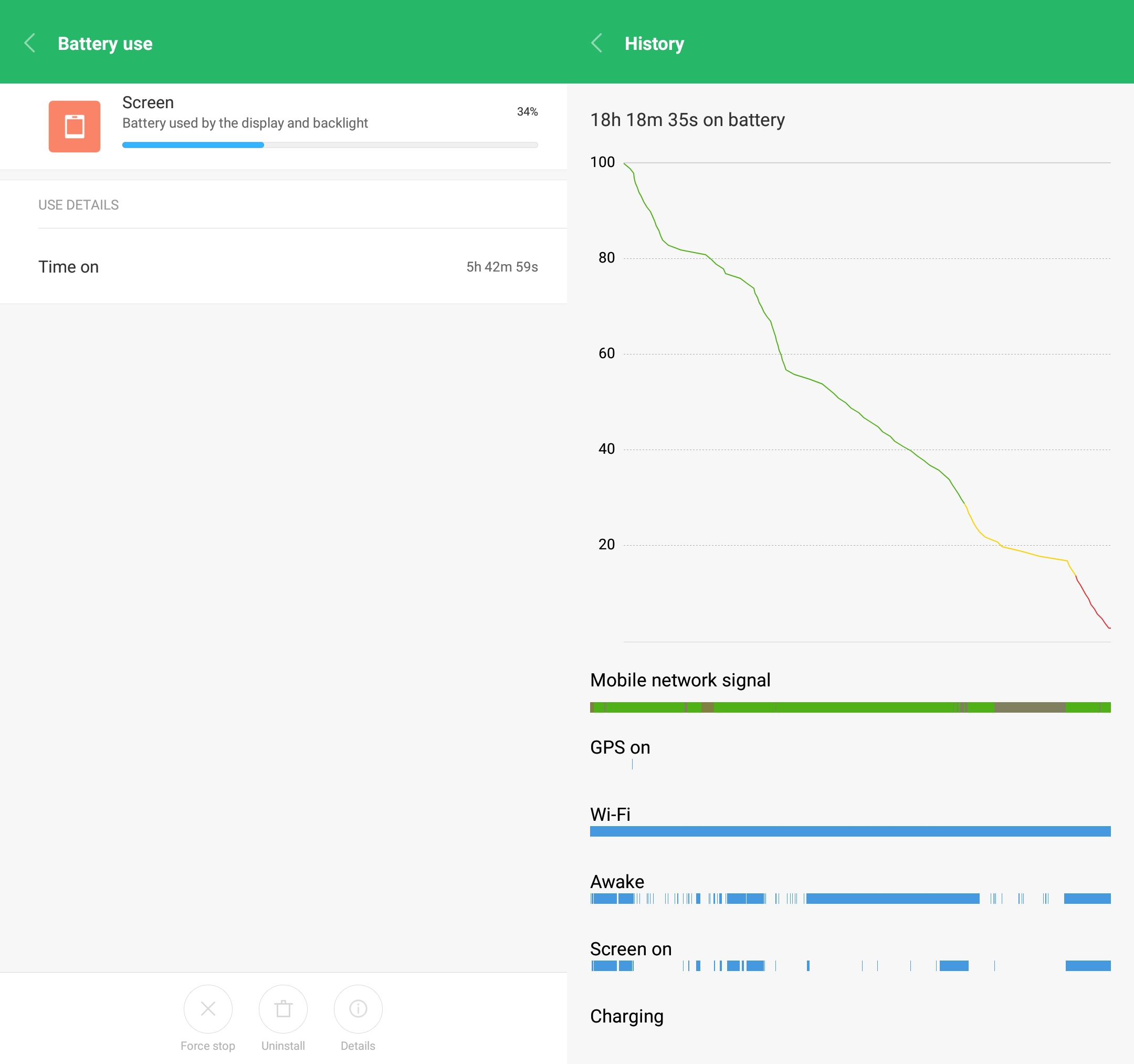
That 4,000 mAh cell inside gave me — on average — nearly six hours of screen-on time with over 18 hours time on battery. That’s excellent battery life by any standard.
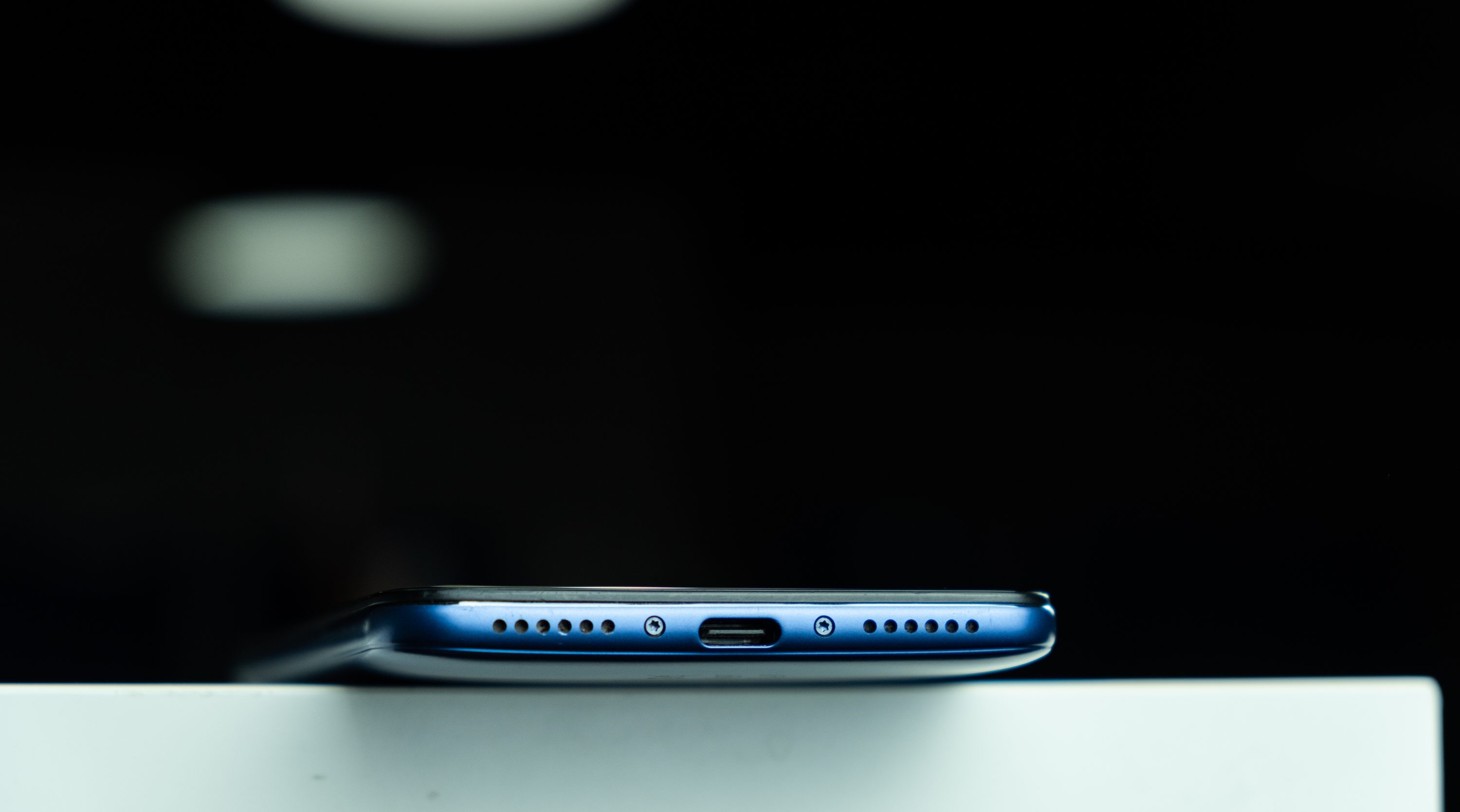
Plus, this phone also supports Qualcomm’s Quick Charge via a USB Type-C port.
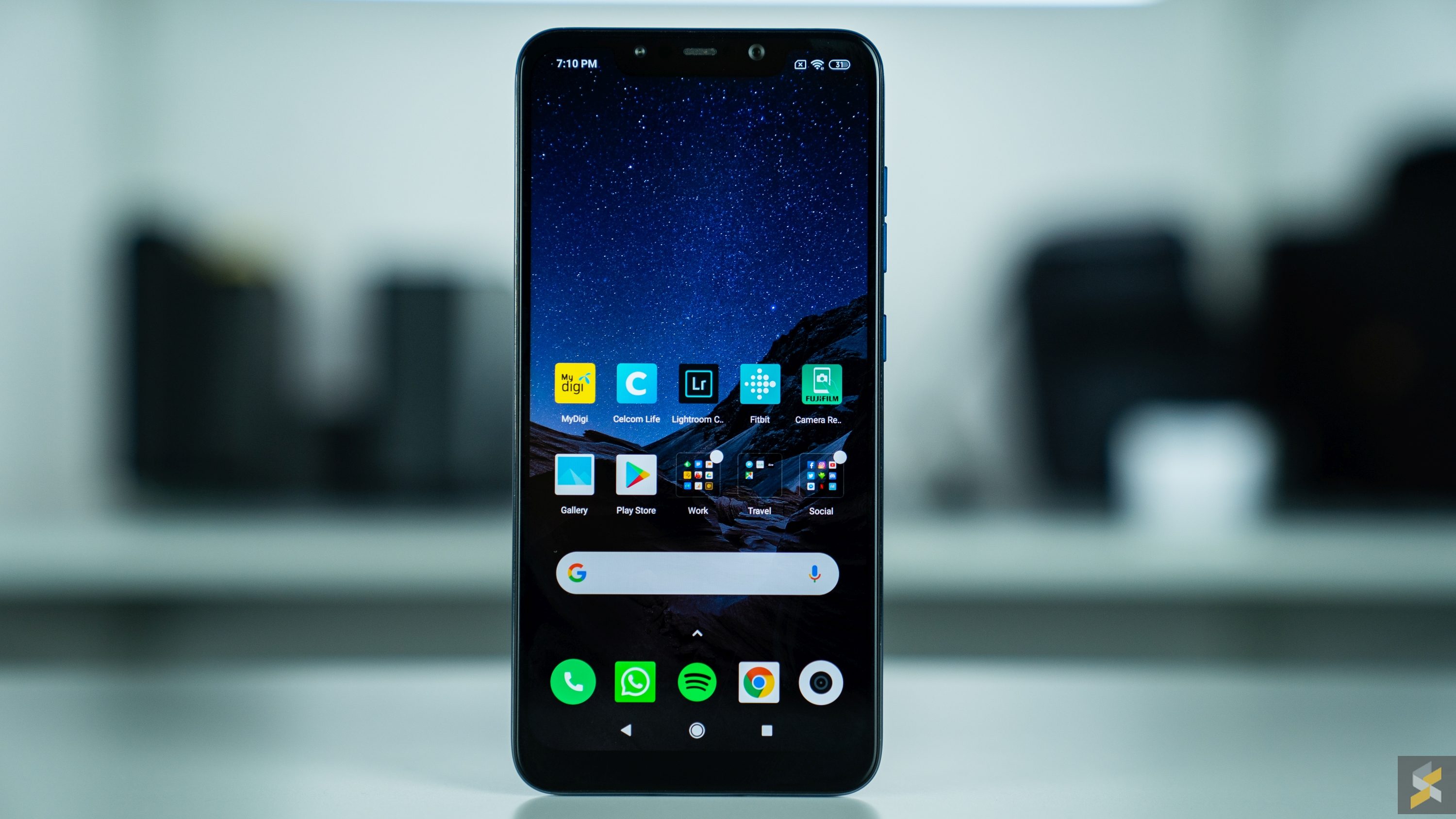
It’s very good — the kind of good you shouldn’t be able to get for the kind of money you’re being asked to pay.
Pocophone F1 is a smartphone with very obvious strengths and weaknesses. But, if you’re someone who can live with the cons I’ve outlined above, the Pocophone is still the smartphone I’d recommend any budget phone shopper. This is because, in the aspects that the Pocophone F1 gets right, it straight-up slays every other device in its price bracket. During my time with this handset, there was almost never a time where I felt like something was missing — something I would otherwise have on a more expensive flagship handset. There were maybe a handful of occasions where I wished I had a Night Sight/Night Mode for better pictures in super dark situations, but those were few and far between.
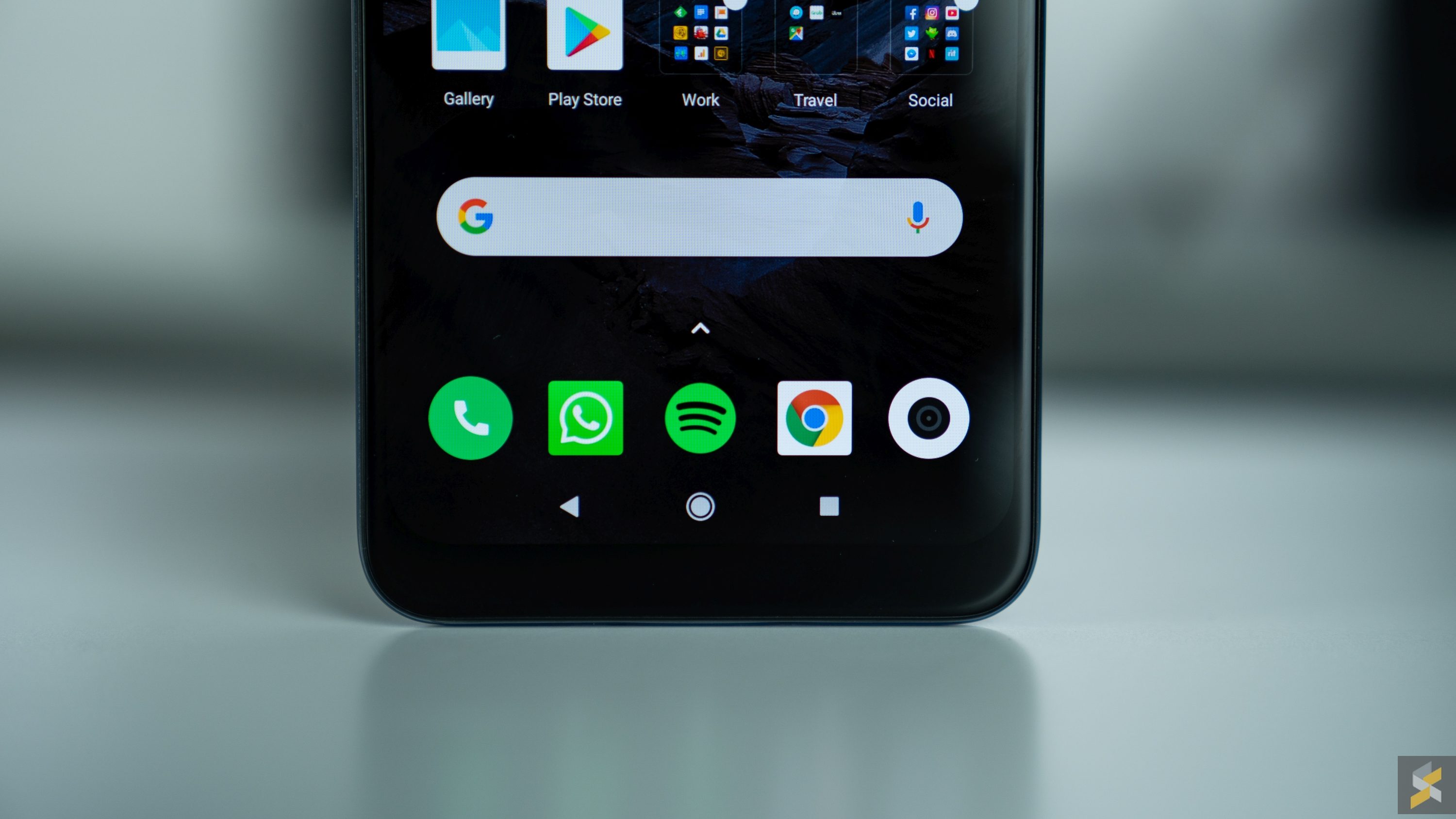
Couple that with what looks like excellent software support and the fact that this phone is almost perpetually on sale for less than its RRP, and you’ve got one helluva smartphone for your money. The next time someone asks me what phone I think they should buy? The answer is almost always going to be Pocophone F1.
Pocophone F1 — 6GB RAM + 64GB storage — RM1,299
Pocophone F1 — 6GB RAM + 128GB storage — RM1,499
Pocophone F1 Armoured Edition — 6GB RAM + 128GB storage — RM1,599
Photos were shot on the Sony A7 III.
[nextpage title=”Runner-up: Realme 2 Pro”]
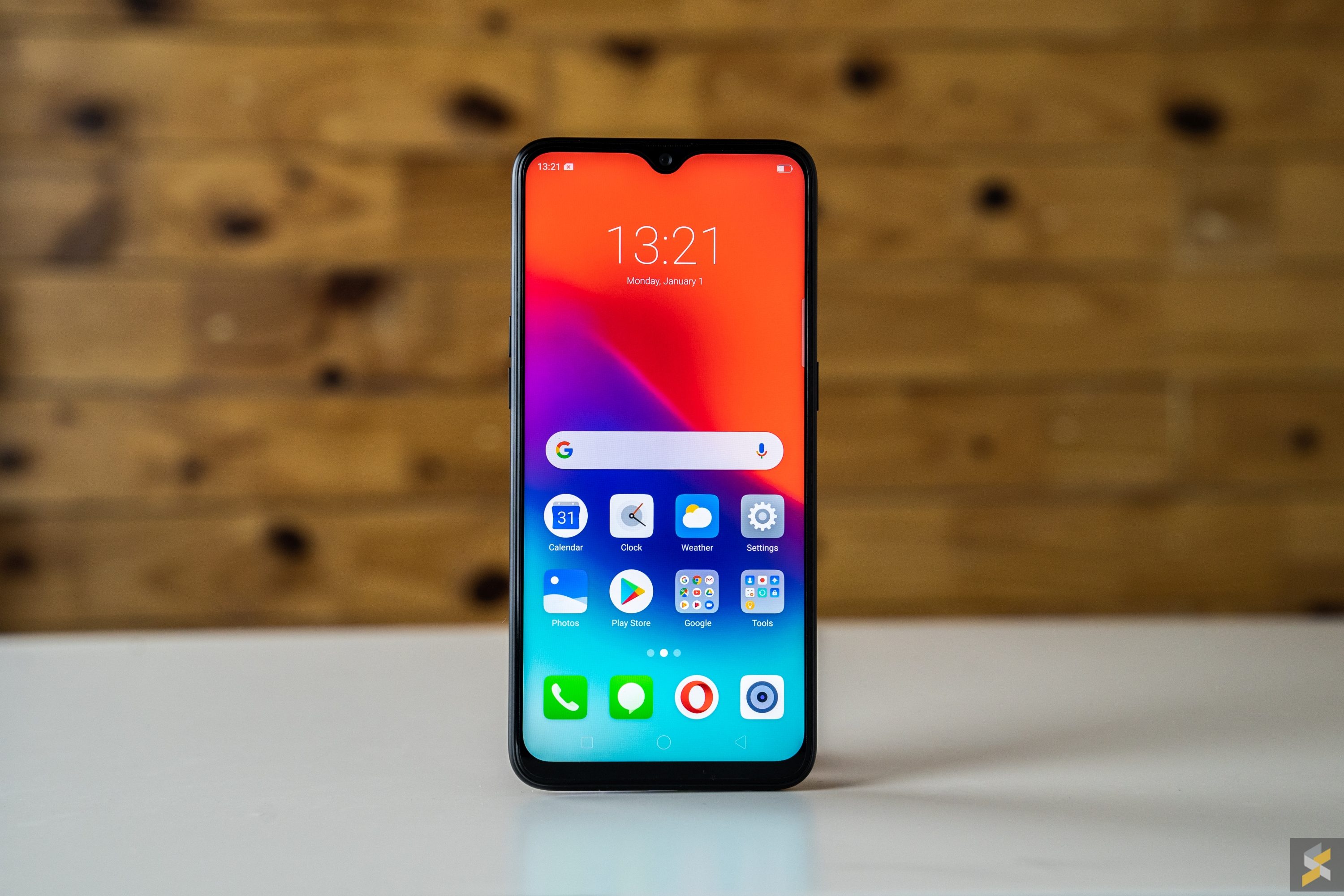
It had a bit of an identity crisis the first time I saw it, and I felt like Realme missed out on a big opportunity to reinvent themselves. However, after spending some quality time with their top-of-the-line Realme 2 Pro, it became harder and harder to find fault with the device itself. If what you’re looking for is a solid affordable mid-range handset, it’s hard to go wrong with the Realme 2 Pro.
The Qualcomm Snapdragon 660 processor at its heart — mated to 8GB of LPDDR4X RAM and 128GB of UFS 2.1 storage in the top-of-the-line model I reviewed — performed admirably. OPPO’s ColorOS was always a well-optimised Android skin and that is no exception here. Initially, my colleague and I did notice what felt like lag in daily usage, but after a software update, these problems seemed to have been fixed.
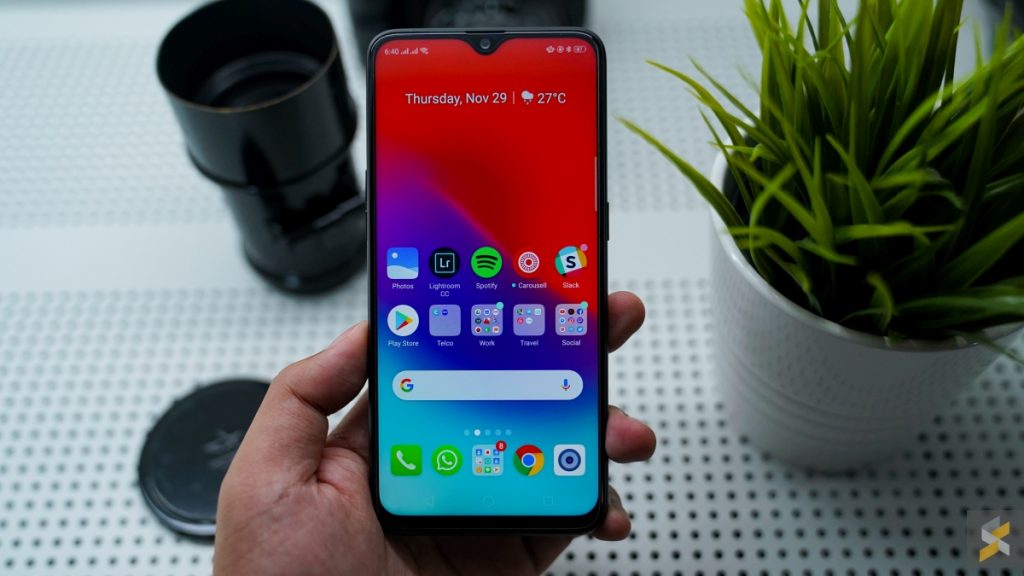
Everyday apps ran well without issue, and gaming performance was also good enough for me. Unfortunately, my initial concerns with ColorOS are still present and it is still easily one of my least favourite Android skins to come out of China. Not only does it try so hard to look like an iOS rip-off, it also has limitations that simply don’t make sense given the context. I mean, I can’t even add two Gmail widgets to my home screen so I can monitor both my work and personal email. I’ve never had this problem with an Android smartphone. Then, there’s the fact that you can’t monitor your screen-on time properly, making it nearly impossible to get accurate battery evaluations going.
That said, ColorOS isn’t without its pros either. In addition to the well-optimised experience, I also really appreciated the floating window approach to multi-window multitasking. You don’t have to snap the second window to a section of the screen and you can freely move it around anywhere on the screen. Very useful.
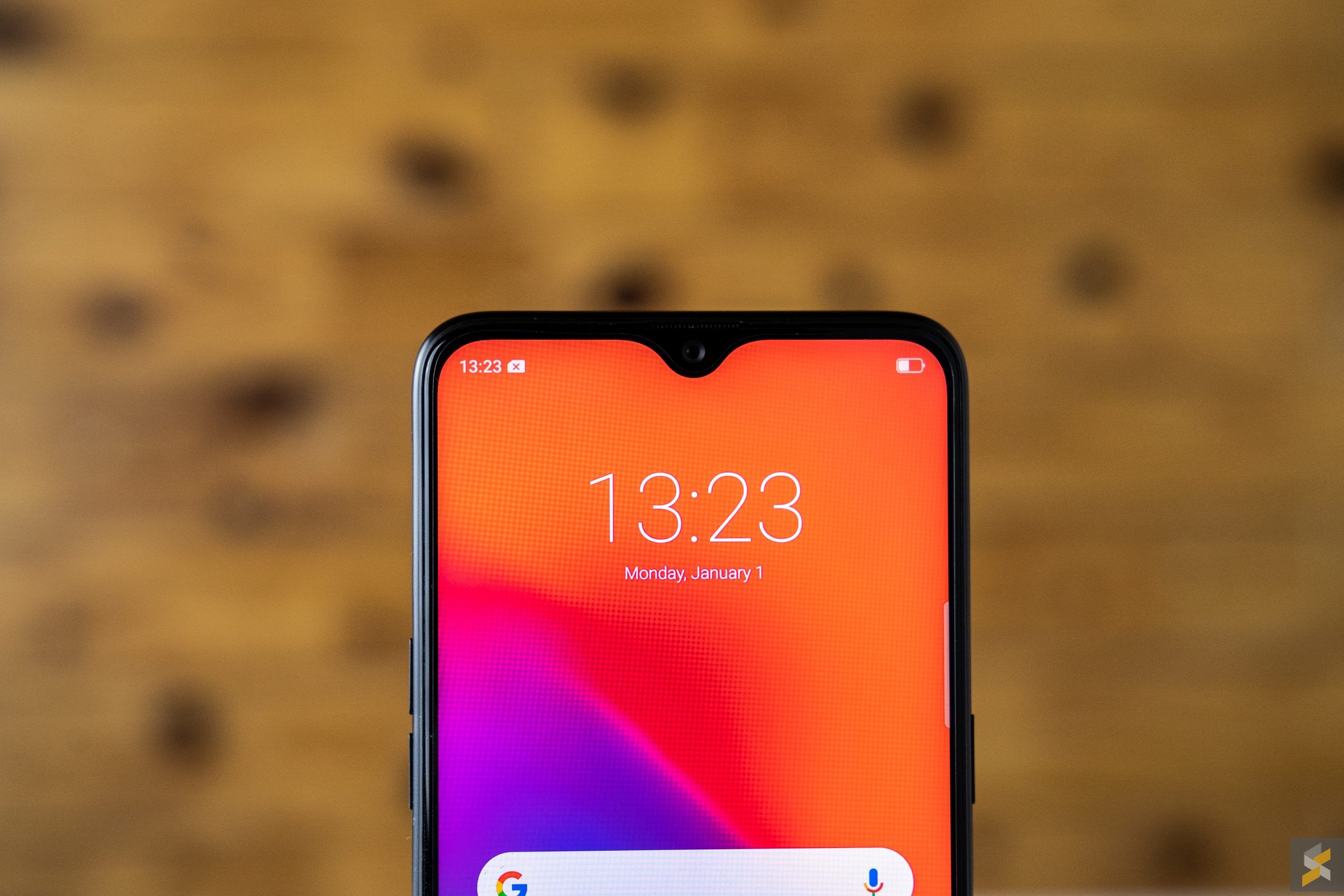
Besides that, the 6.3-inch Full HD+ IPS display is as serviceable as ever, and its tiny notch means that there’s a very impressive 90.8% screen-to-body ratio for you to behold. Its biometric security options are also very speedy and convenient, as is its 3.5mm headphone jack. However, the plastic back panel is a very soft material and mine is already filled with scratches, so you will definitely want to use this phone with a case.
Although not the most amazing performer, I was able to get a solid amount of battery life out of this handset’s 3,500 mAh battery. Unfortunately, I don’t have accurate screen-on time values, but even with my fairly heavy usage, this handset would last me all-day without needing a top-up. It is a little unfortunate that there’s no fast-charging support, and that it charges via microUSB, but really, I’m willing to make that trade-off if what I get in return is good battery life.
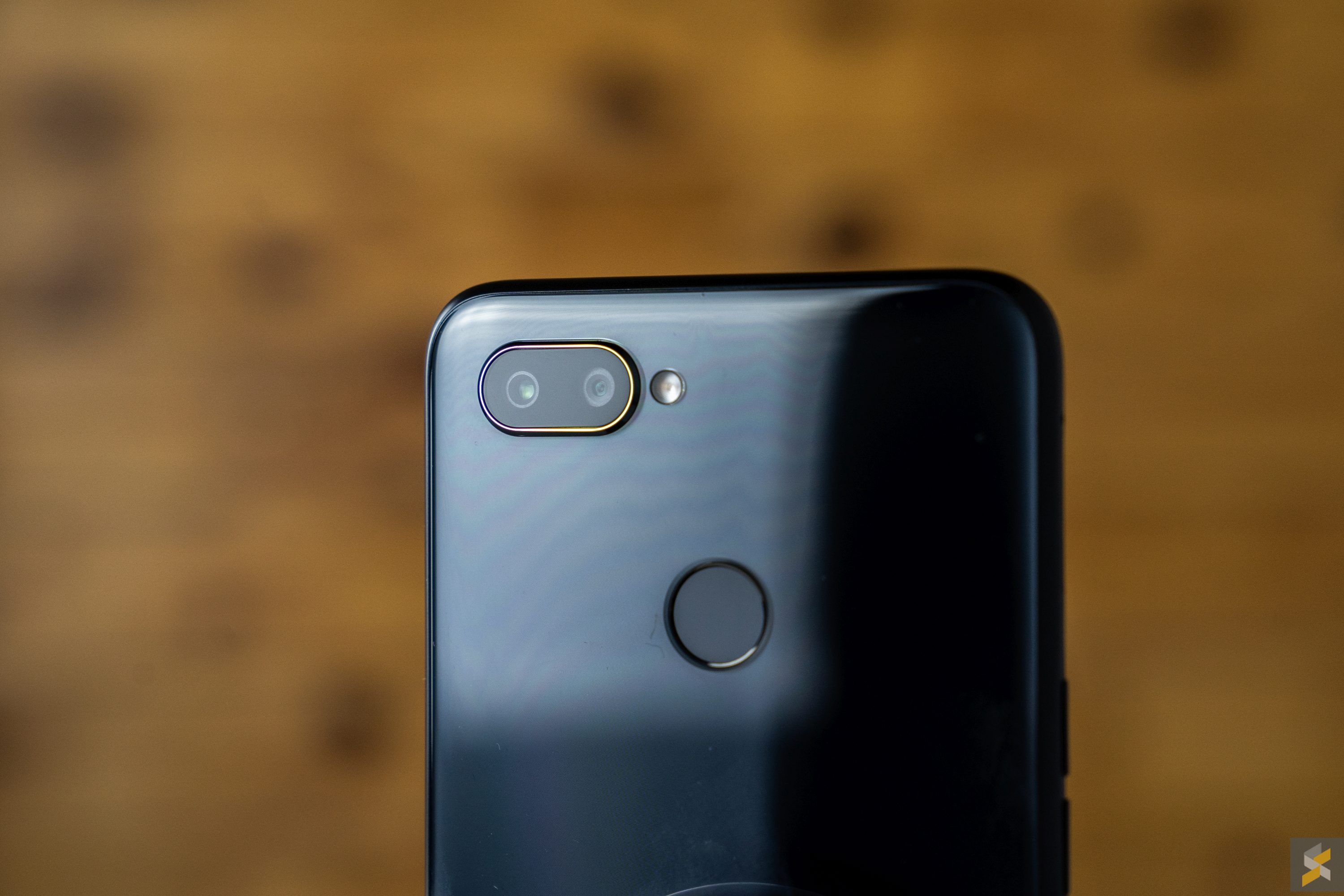
Besides the software, I think the biggest weakness with the Realme 2 Pro is its camera. The 16MP+2MP dual camera at the back leaves a lot to be desired with fairly sluggish focusing and capturing speeds, even during daylight shots. I suppose this isn’t too surprising at this price point, but I should still manage your expectations regardless. Because of this, I mostly stuck to food photos with the Realme 2 Pro instead, something that it does reasonably well. Once you pull out into a wide-shot, shadows tend to be filled with lots of noise.
Naturally, I’m not saying that it’s impossible to get nice photos with the Realme 2 Pro. If you can get the right kind of lighting and the right kind of scene, it can capture images that look more than nice enough for the occasional social media update. Much like many of the other phones in this price range, I’d say the camera is usable, but obviously you shouldn’t be expecting flagship-level camera performances.
That said, looking at the Realme 2 Pro as a whole, it’s really hard to fault it especially when you consider its pricing. What’s more, this phone is also almost perpetually on sale so the likely hood of being able to buy the top spec 8GB+128GB unit I reviewed for less than RM1,000 is very high. And when you can get that much phone for that little money, a lot of the little niggles become forgivable.
Realme 2 Pro — 4GB RAM + 64GB storage – RM849
Realme 2 Pro — 6GB RAM + 64GB storage – RM949
Realme 2 Pro — 8GB RAM + 128GB storage – RM1,099
Photos were shot on the Sony A7 III.
[nextpage title=”Runner-up: ASUS ZenFone Max Pro M2″]
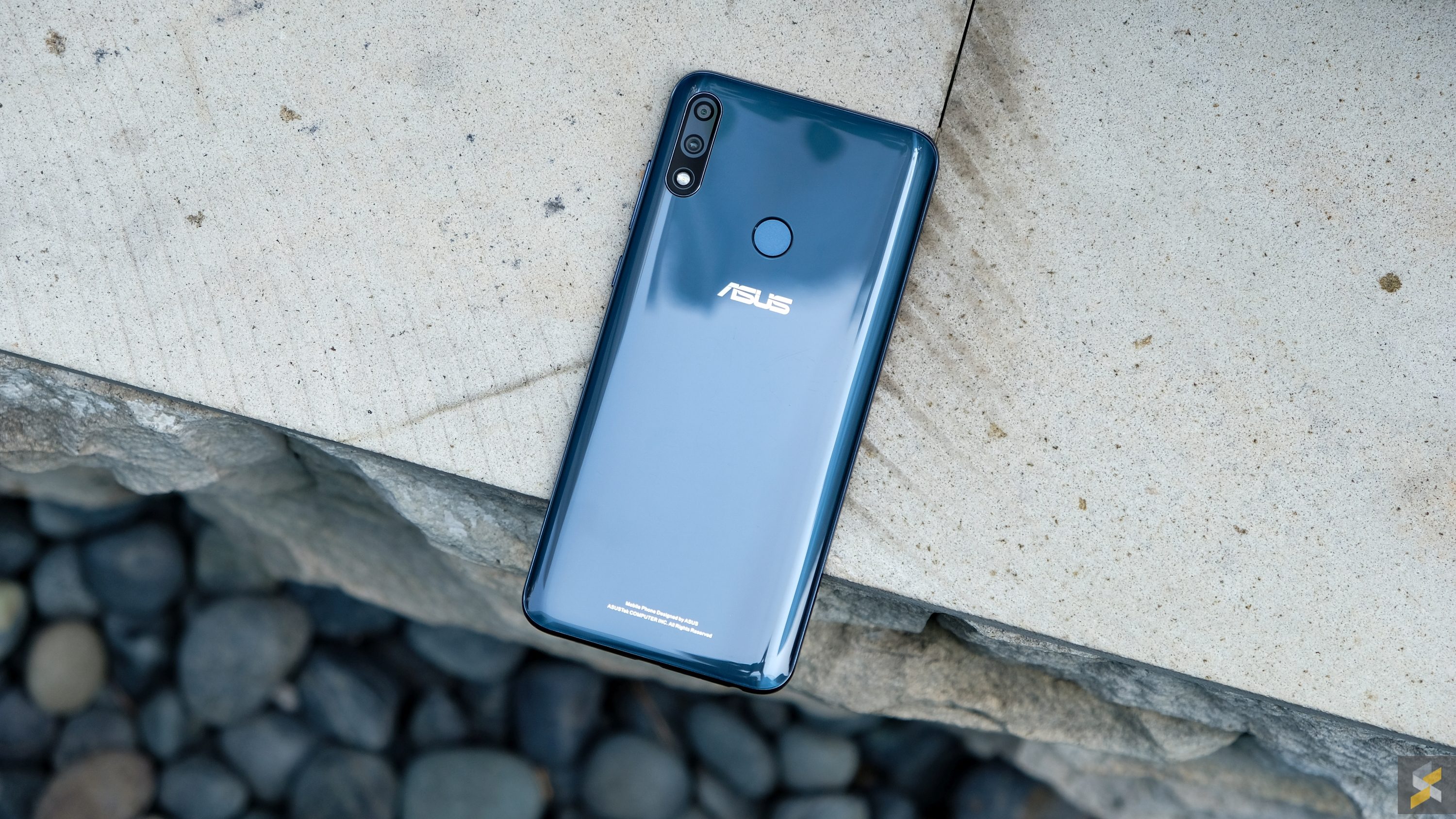
Although this particular device came in a little late in the year, there’s no denying what a solid upgrade the ASUS ZenFone Max Pro M2 is compared to its predecessor. While the first Max Pro M1 was competing with the Xiaomi Redmi Note 5 (now Redmi Note 6 Pro), the new Max Pro M2 has arguably leapfrogged Xiaomi’s legendary mid-range handset thanks to the M2’s new Snapdragon 660 processor. And you get all of that for just RM10 more than the equivalent Max Pro M1 handset, and precisely RM0 more than the equivalent top-spec Max Pro M1.
For that slight increase in price, not only are you getting a more capable processor, you’re also getting a nicer body, a larger screen, and most of the stuff that was good on its predecessor. Features like the large 5,000 mAh battery which gives excellent battery life, a stock-like Android experience and one of the best single-speaker setups I’ve heard on a smartphone, all make a return on the M2.
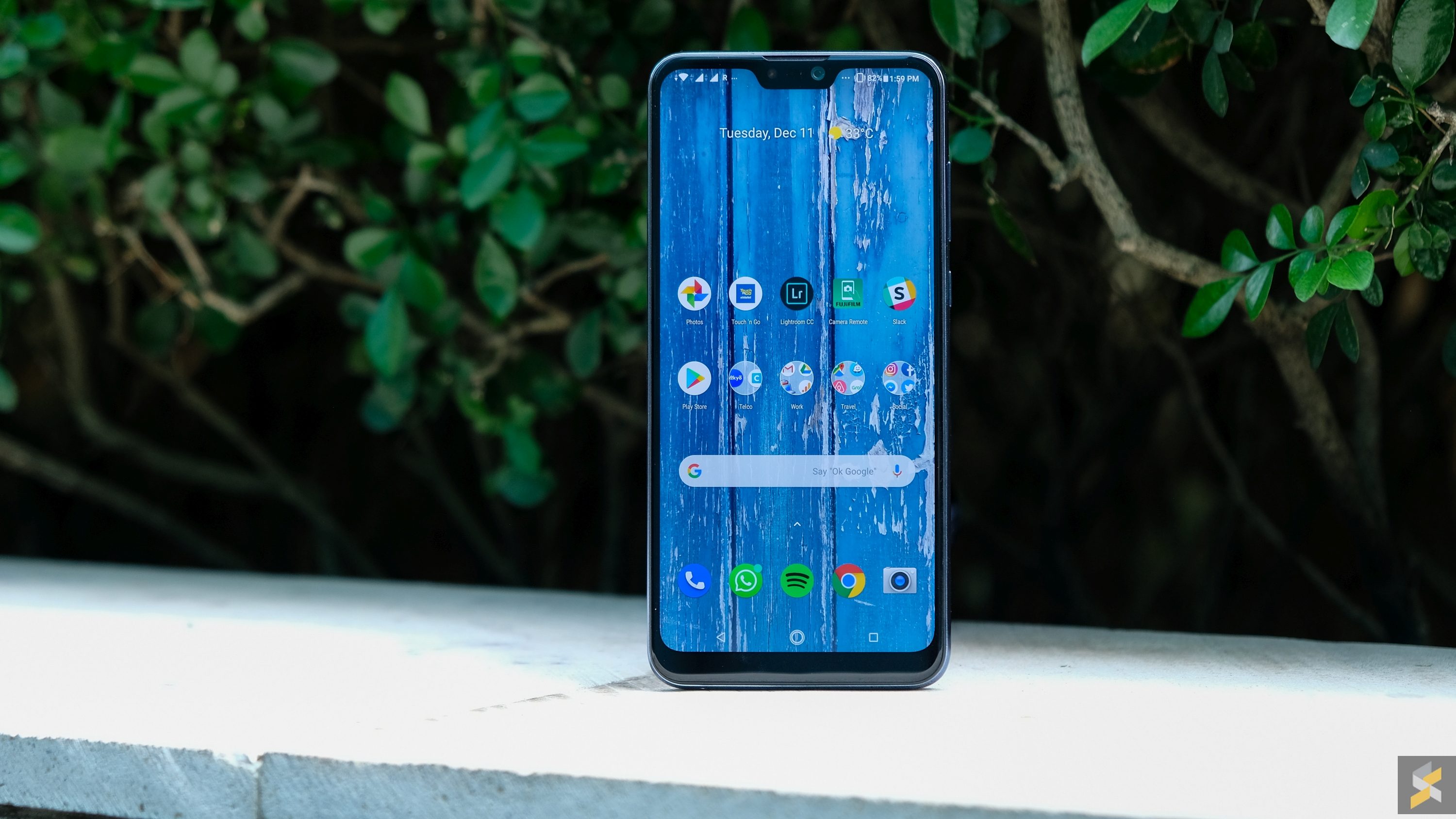
That’s amazing value for your money considering the fact that the first version of this smartphone was already an awesome bang-for-buck phone. Of course, it isn’t without its flaws and with the Max Pro M2, those lie in its camera, software and lack of 5GHz WiFi connectivity.
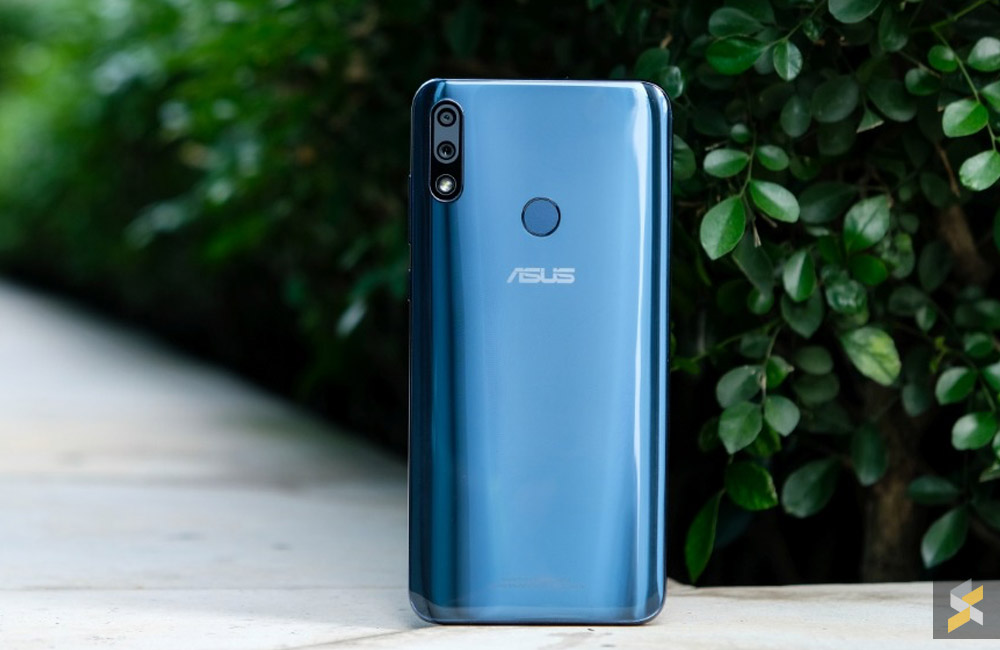
However, in the grand scheme of things, the ASUS ZenFone Max Pro M2 still puts up a killer resume even amidst fierce competition. It’s definitely one of the best devices you can get for under RM1,000 and personally, I’d pick it over the Realme 2 Pro if you don’t need 8GB of RAM and 128GB of internal storage.
Want to know more? Check out my full review for all my thoughts on the ASUS ZenFone Max Pro M2. It’s a doozy.
ASUS ZenFone Max Pro M2 — 4GB RAM + 64GB storage — RM859
ASUS ZenFone Max Pro M2 — 6GB RAM + 64GB storage — RM999
Photos were shot on the Fujifilm X-T20.
[nextpage title=”Bonus picks”]
Before we get into it, keep in mind that I haven’t used any of these phones personally just yet, so I can’t really share my personal experiences with them. However, both of these devices come highly recommended from my colleagues whose judgement I trust, so I figured these are worth sharing too.
Honor 8X
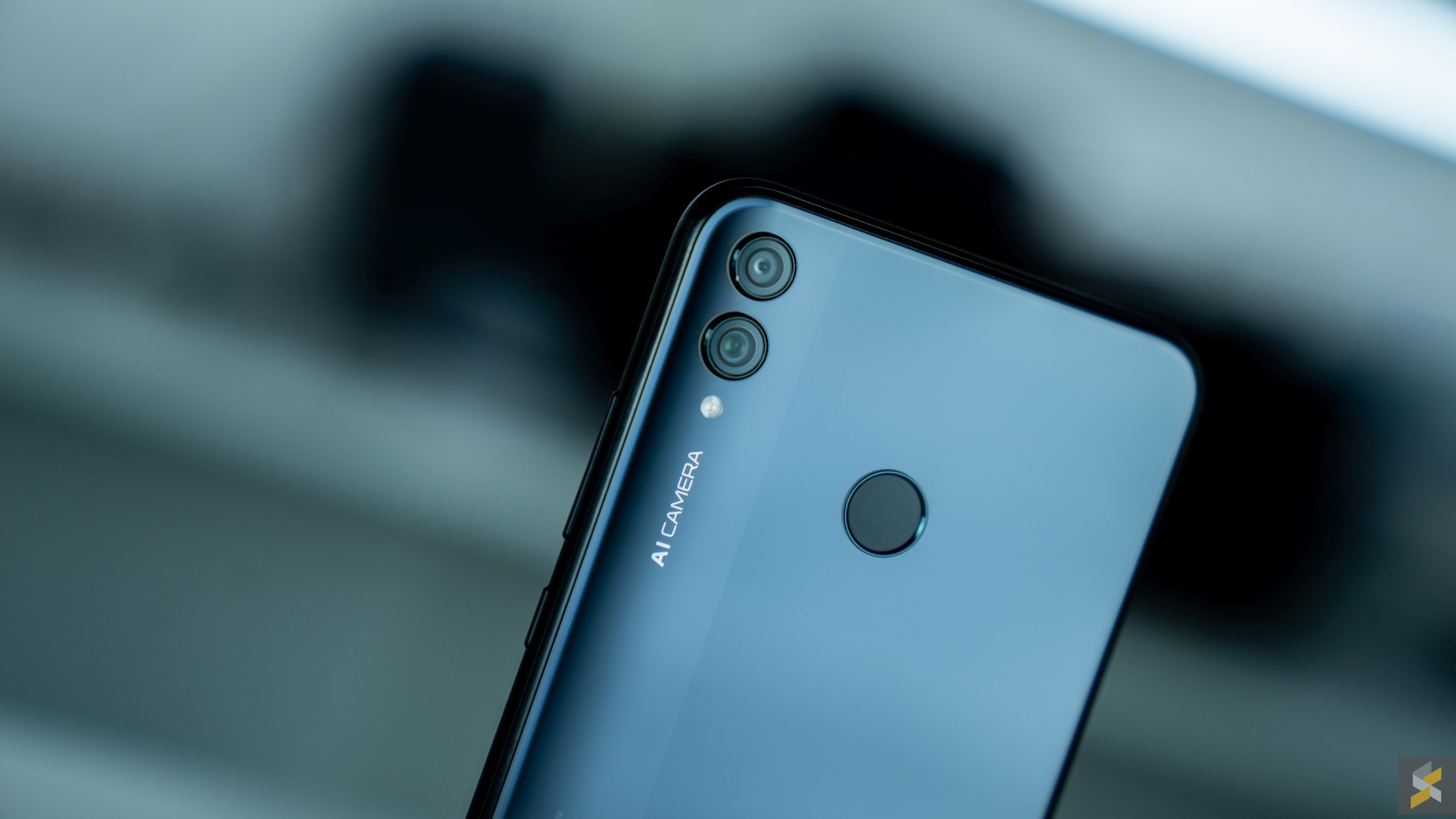
Just the on-paper specs for the Honor 8X are impressive enough considering it’s sub-RM1,000 price tag. It boasts Huawei’s mid-range processor, the Kirin 710, that’s mated to 4GB of RAM and a generous 128GB of internal storage. It also packs a large 3,750 mAh battery, giving it solid battery life, with my colleague reporting upwards of five hours of screen-on time — easily lasting an entire day of moderate usage.
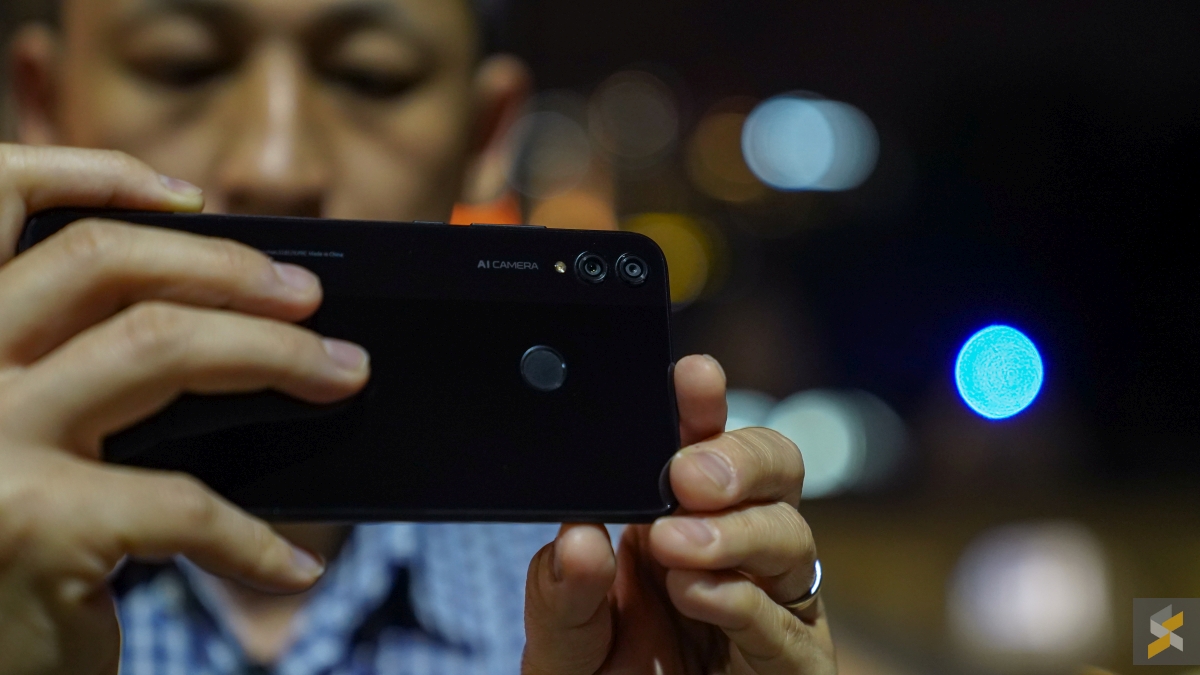
It also sports quite the sleek design, with a two-tone glass back panel that adds a little more pizzazz to an otherwise common smartphone look. I’d say that its combination of glass panels sandwiching a metal back give this phone the most premium feel in the hand of any smartphone in this list.
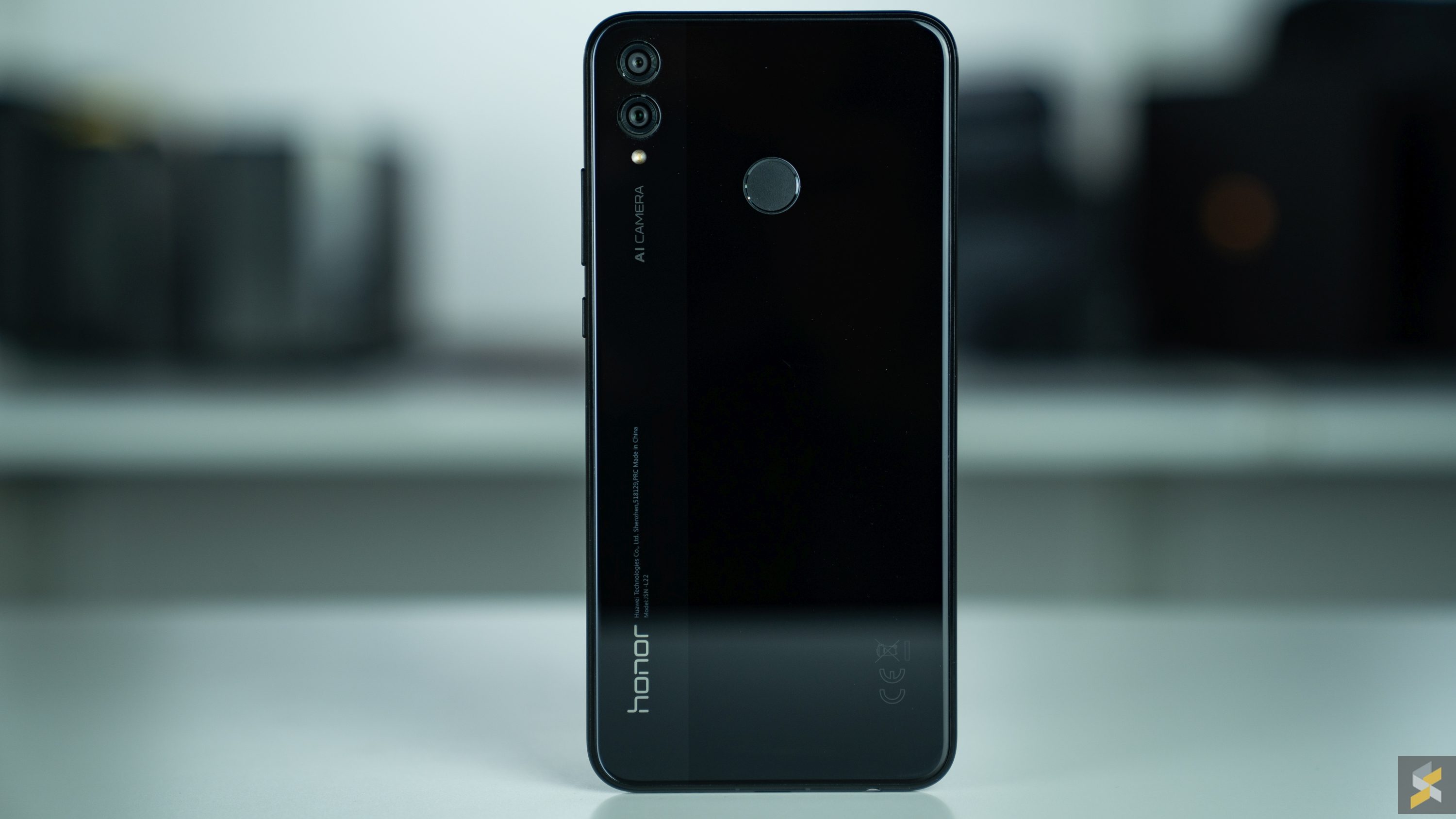
That said, it’s also the largest smartphone here, featuring a 6.5-inch notched Full HD+ display, but its slim bezels keep the footprint manageable while also giving it a 91% screen-to-body ratio. It also packs dual cameras at the back (20MP + 2MP) with a 16MP selfie shooter up front.
If you want to learn more about this handset, check out our hands-on post.
Honor 8X — 4GB RAM + 128GB storage — RM949
Photos were shot on the Sony A7 III.
Honor Play
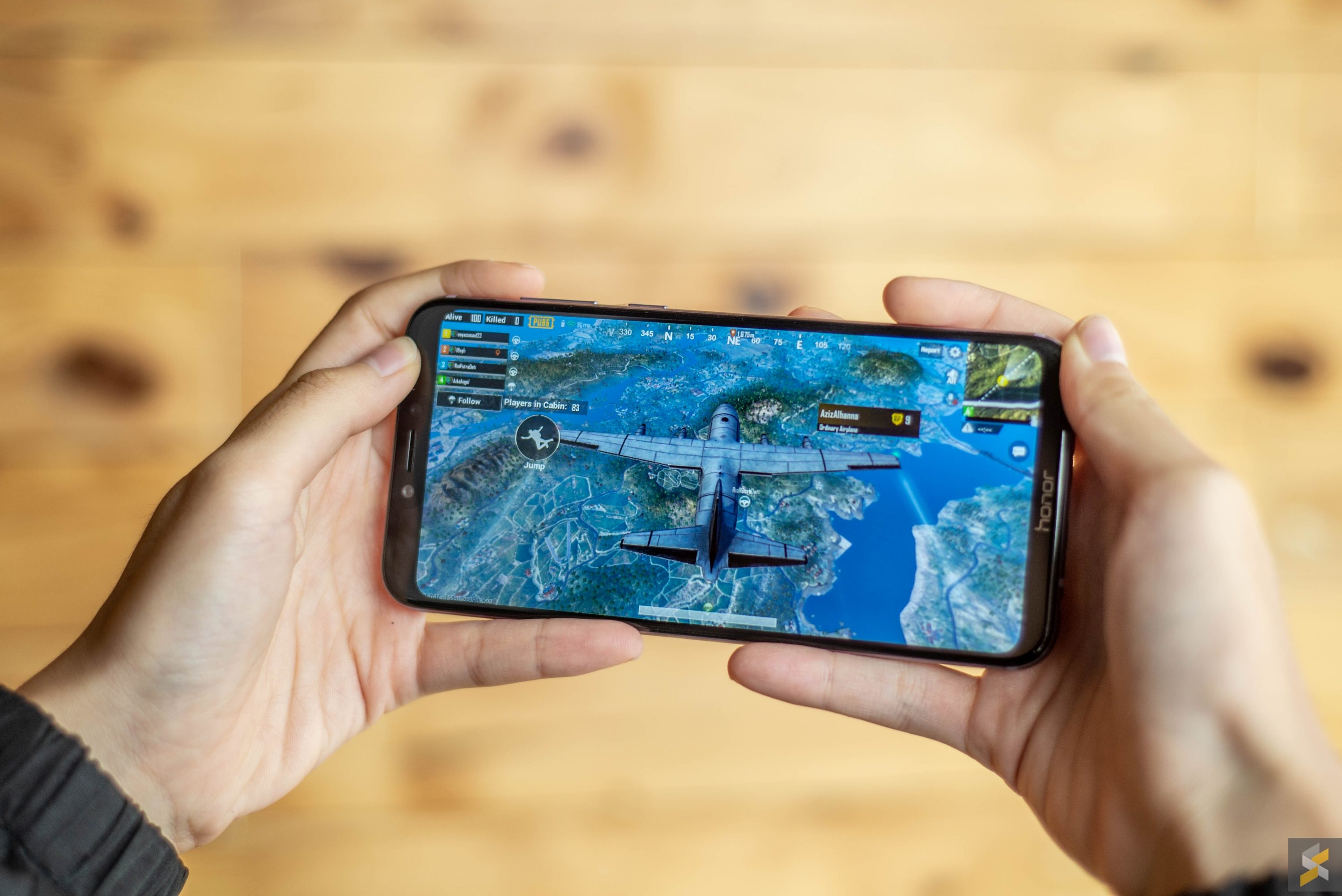
If all you wanted from the flagship Huawei P20 was its raw performance, the Honor Play could very well be the smartphone for you. It sports Huawei’s previous-generation flagship processor — the Kirin 970 — that’s mated to 4GB of RAM and 64GB of internal storage. What’s more, it also comes packing a 3,750 mAh battery that my colleague reports can easily give you more than five hours of screen-on time and over 15 hours of juice on a single charge via its USB-C port.
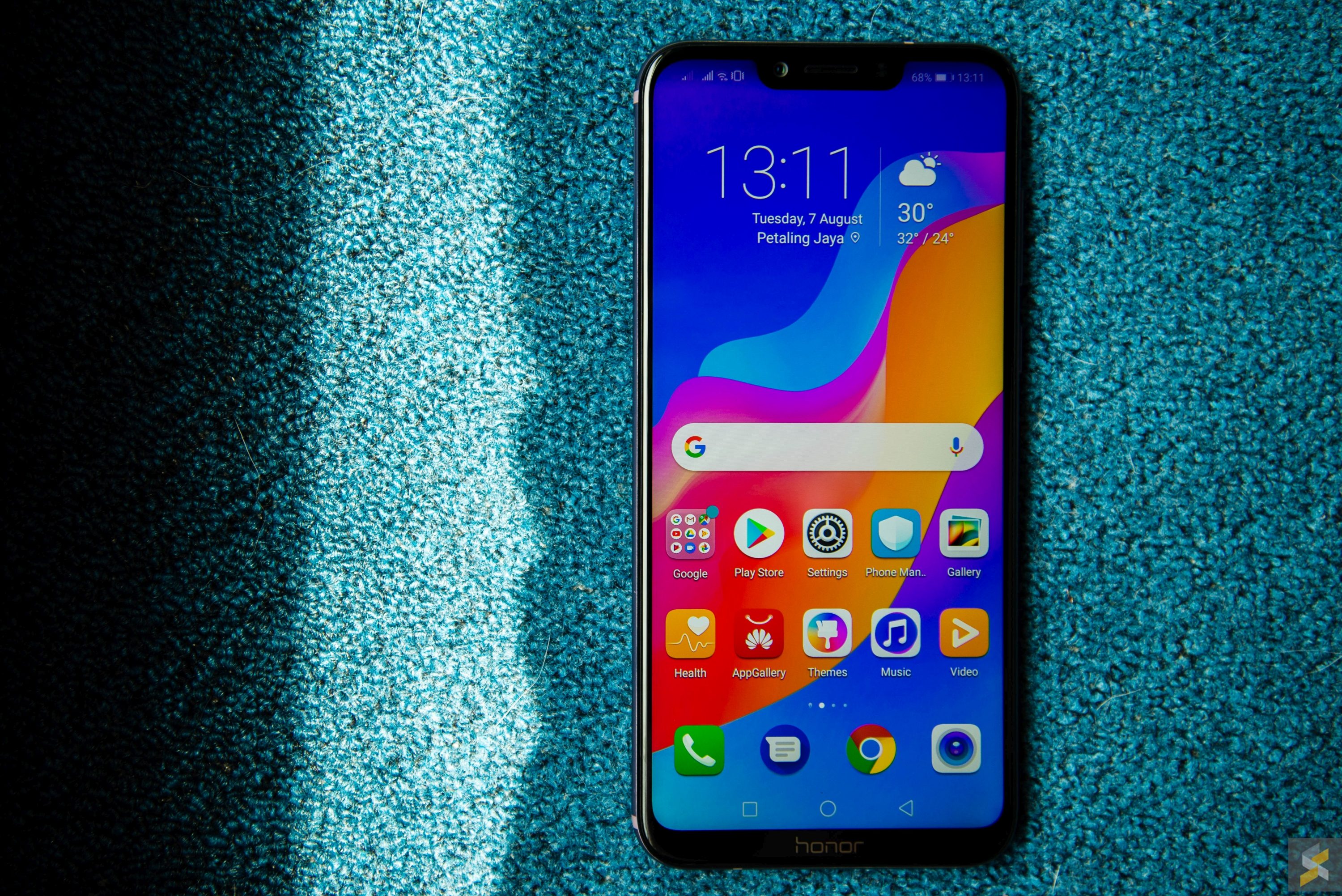
All of those internals are wrapped up in a solid metal body with a fingerprint scanner and dual-camera (16MP + 2MP) carved into the back.
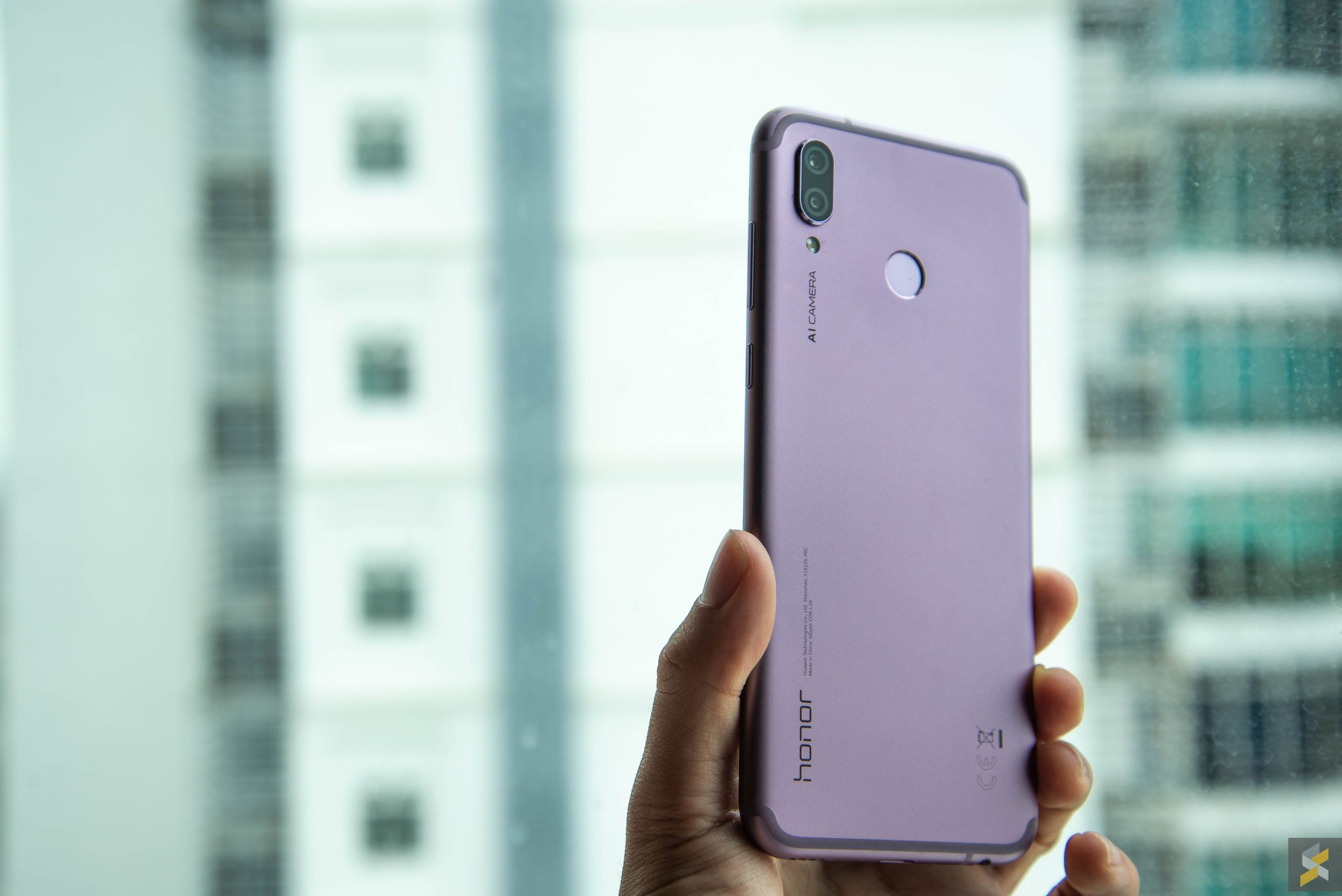
However, the best part about the Honor Play is that it recently received a generous price cut, bringing its RRP down to just RM1,099 from its launch price of RM1,249. That’s an excellent price point for a gaming-centric smartphone with a flagship-class processor. If you want to learn more about the Honor Play, check out Najib’s review of it over on SoyaCincau BM.
Honor Play — 4GB RAM + 64GB storage — RM1,099



